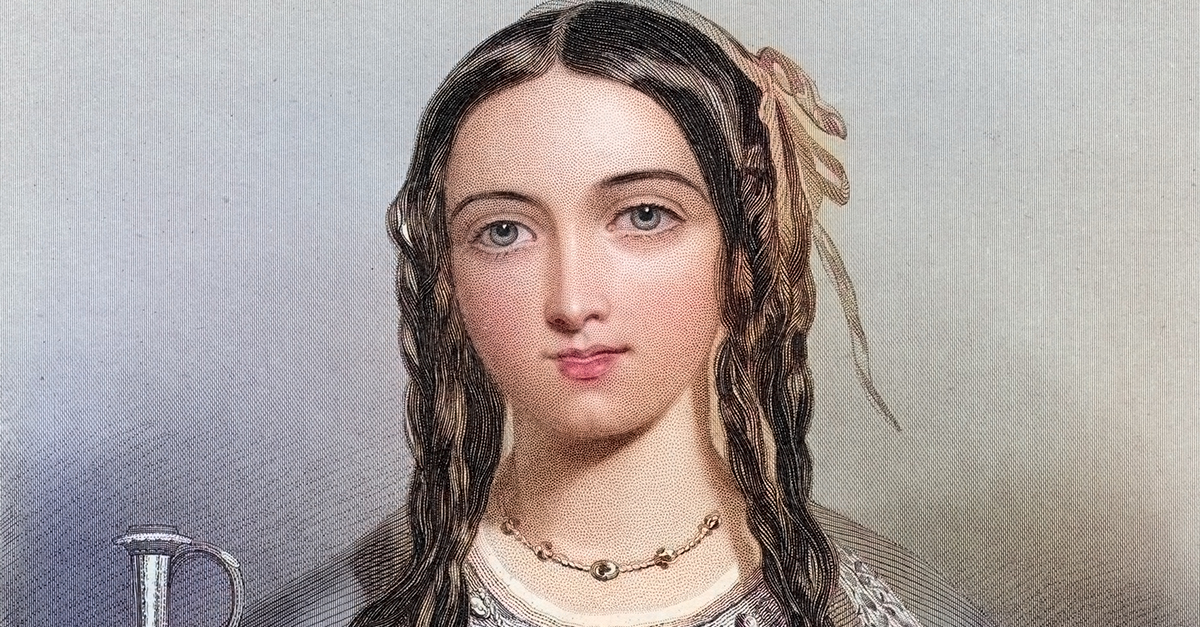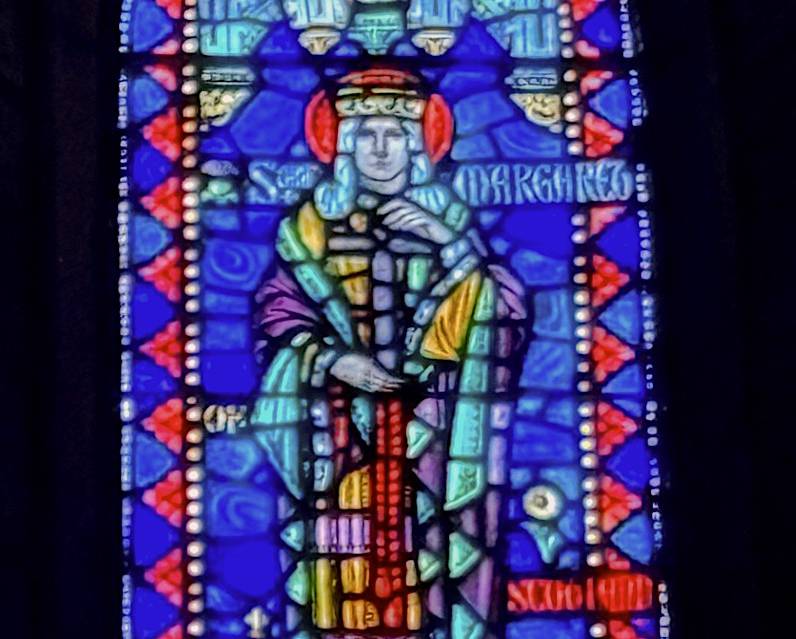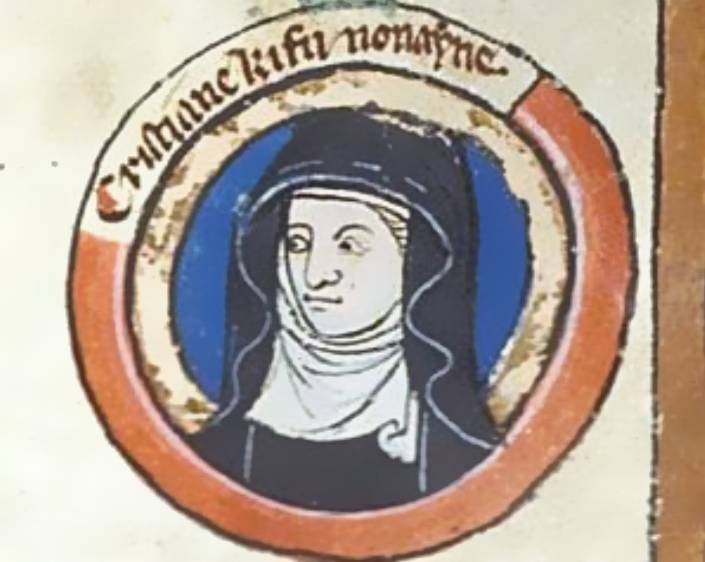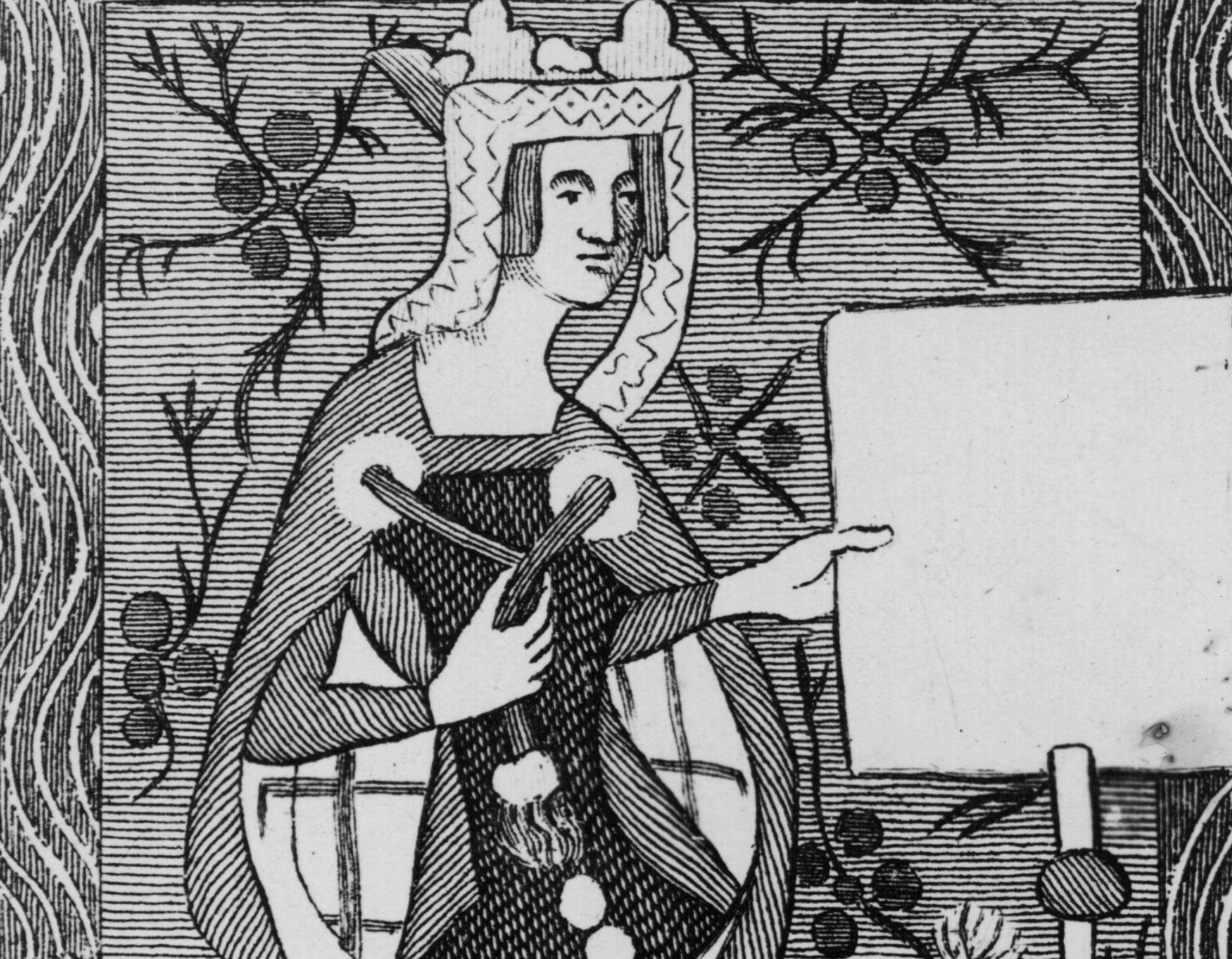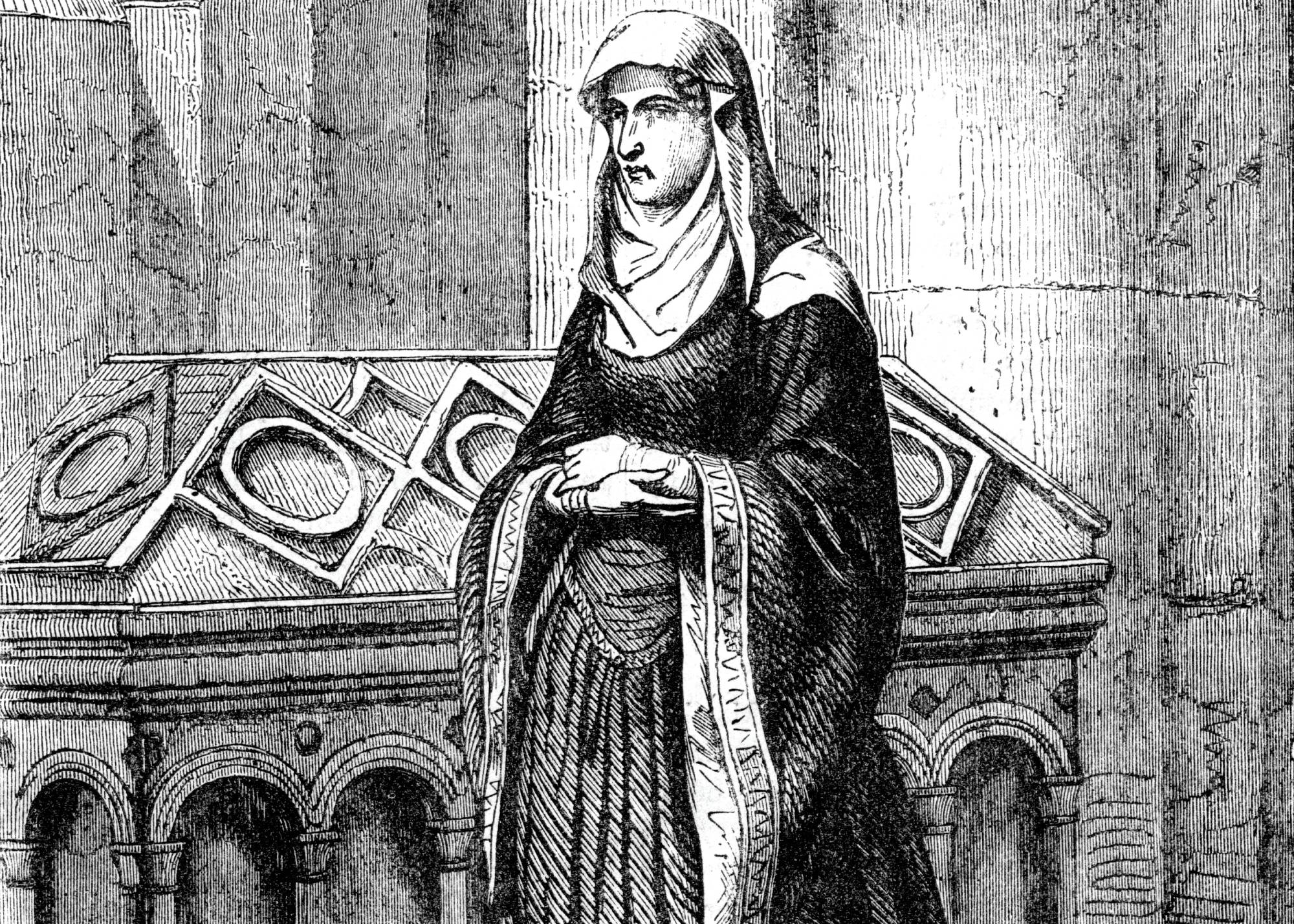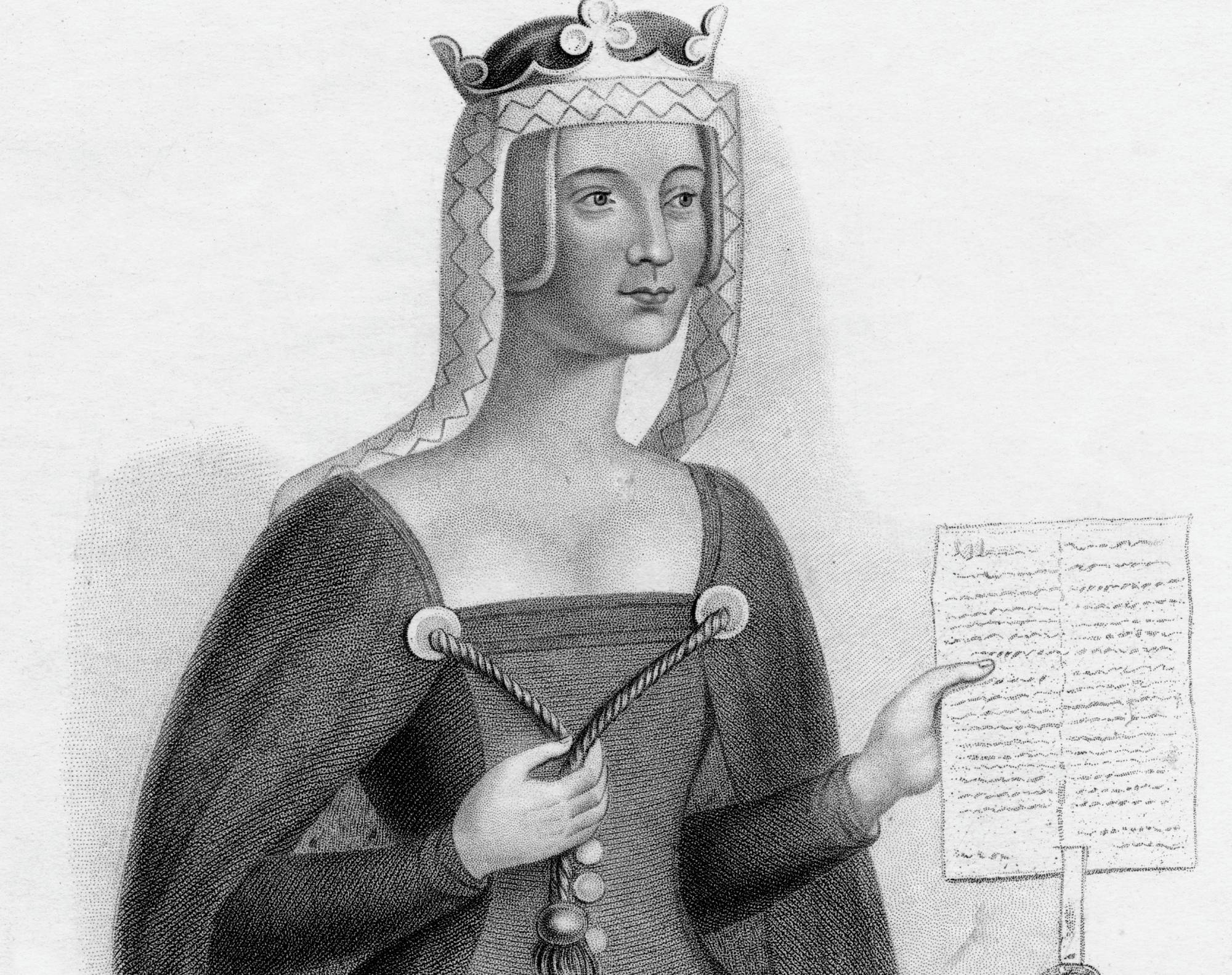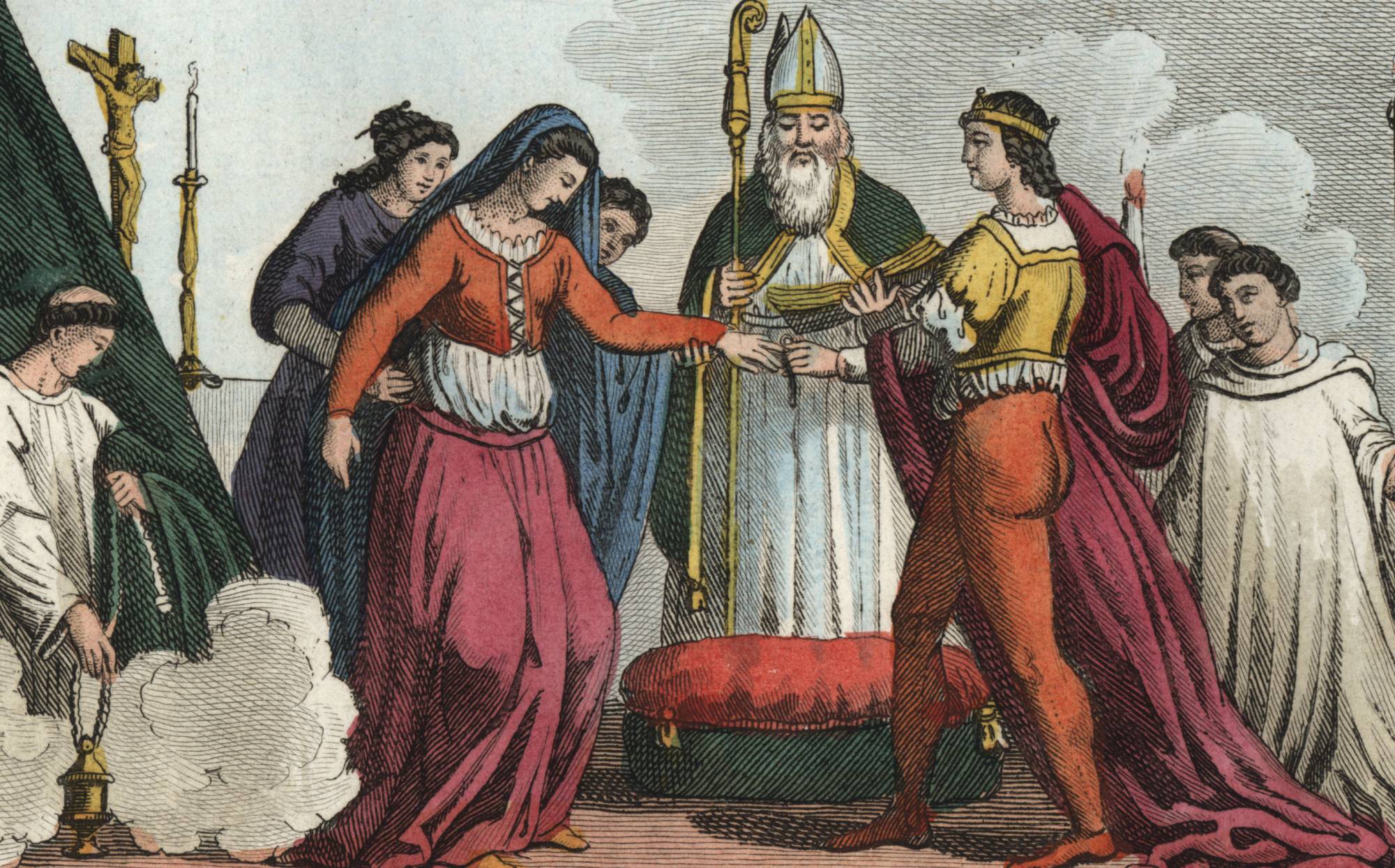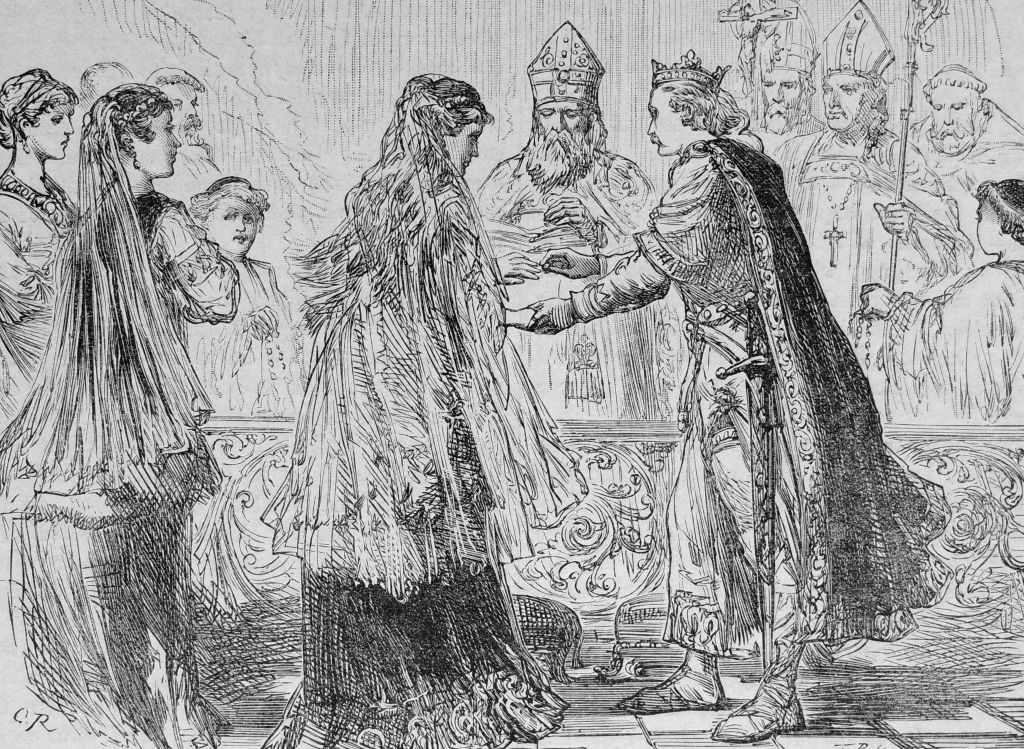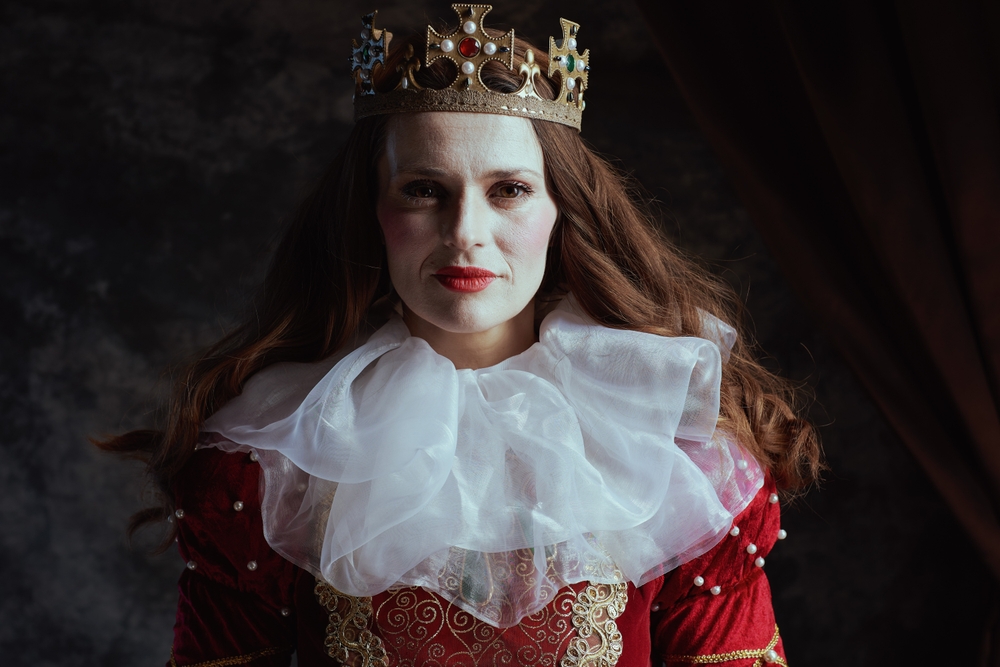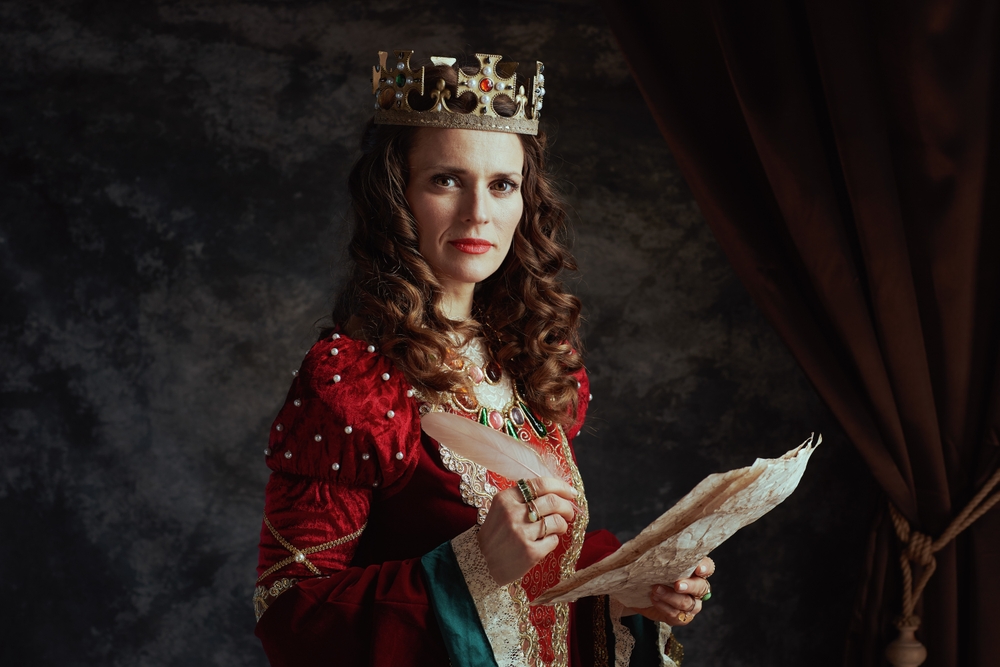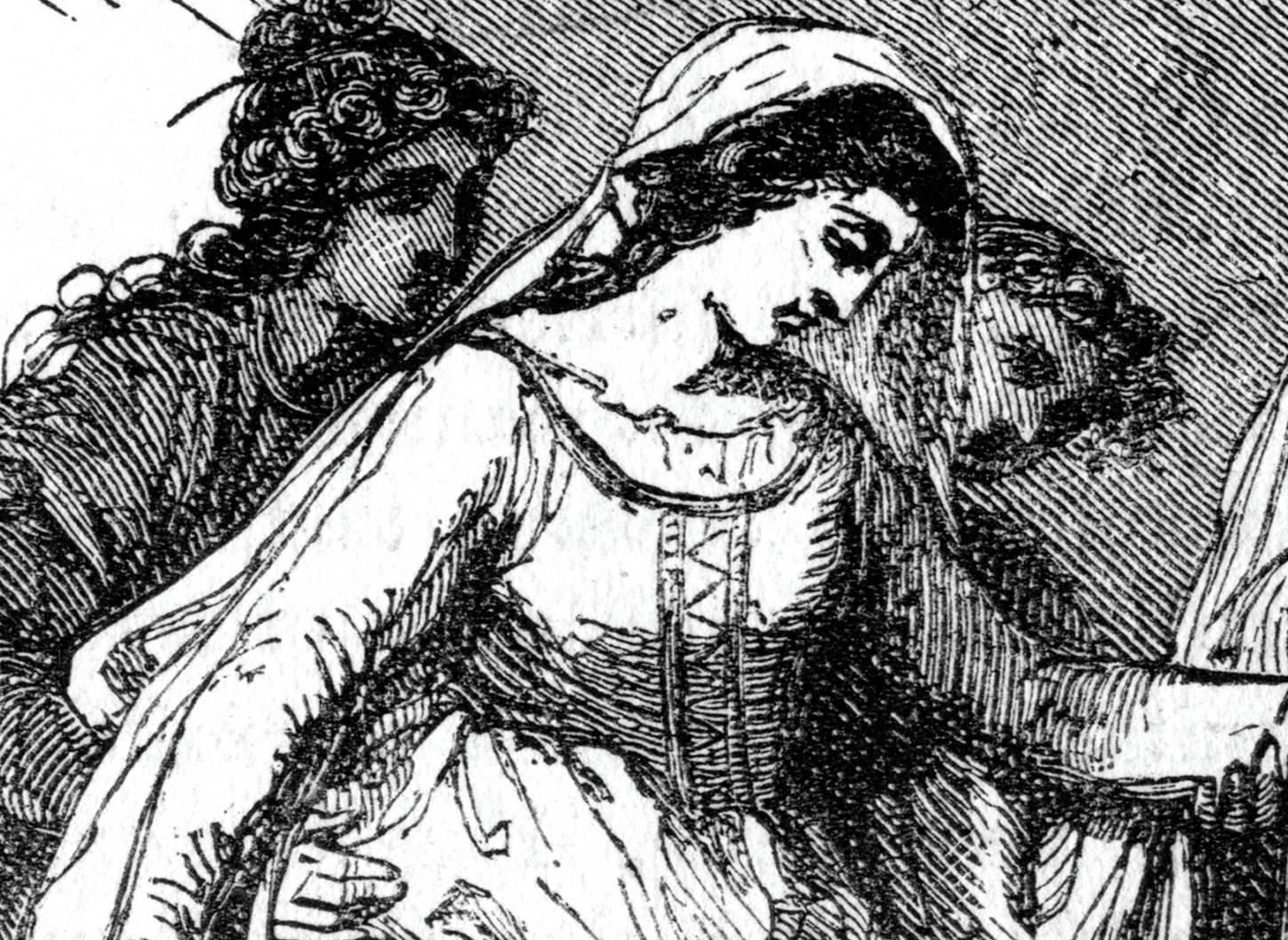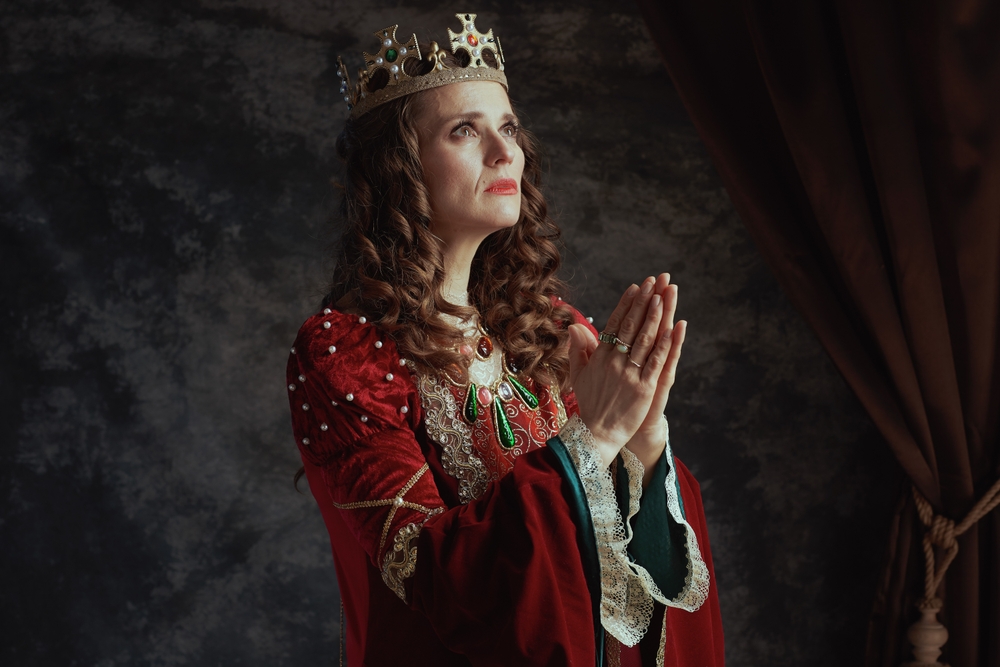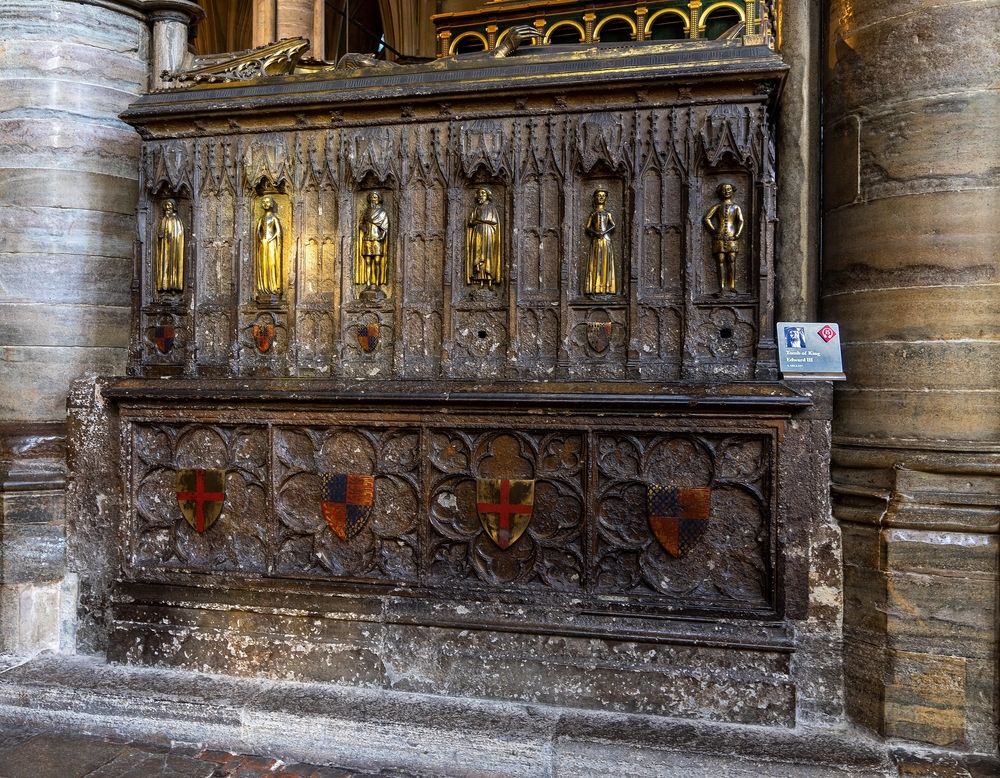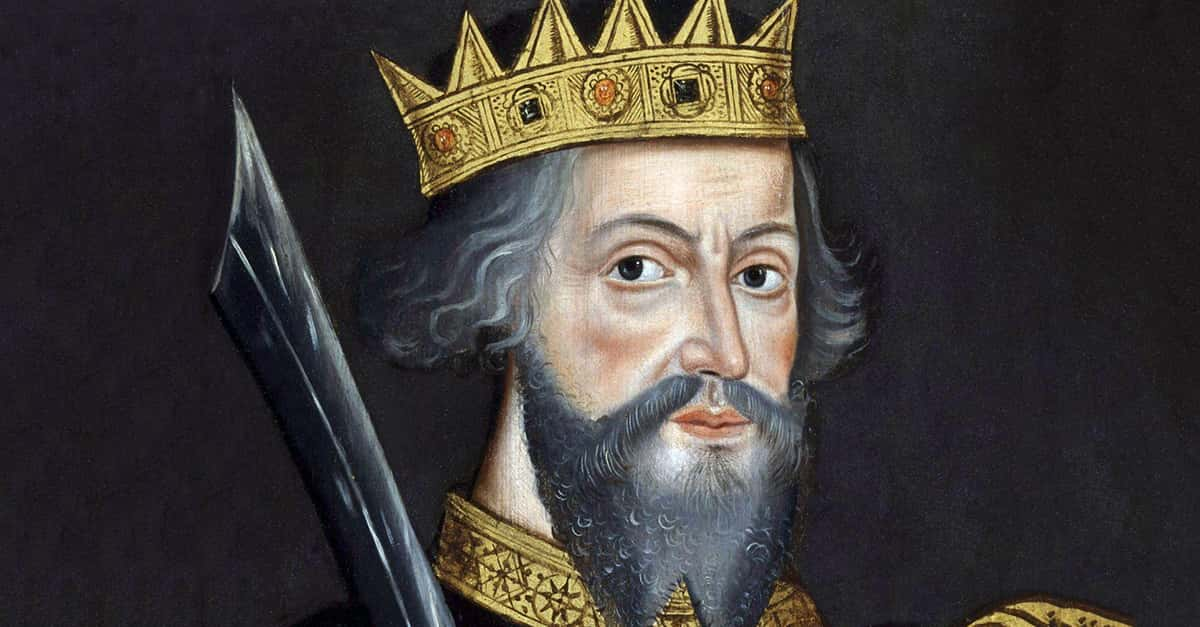A Queen Of The People
Queen Matilda of Scotland etched her name in history as a generous and kind ruler, known for being uncommonly grounded for someone in her position—despite some not believing she had a right to it.
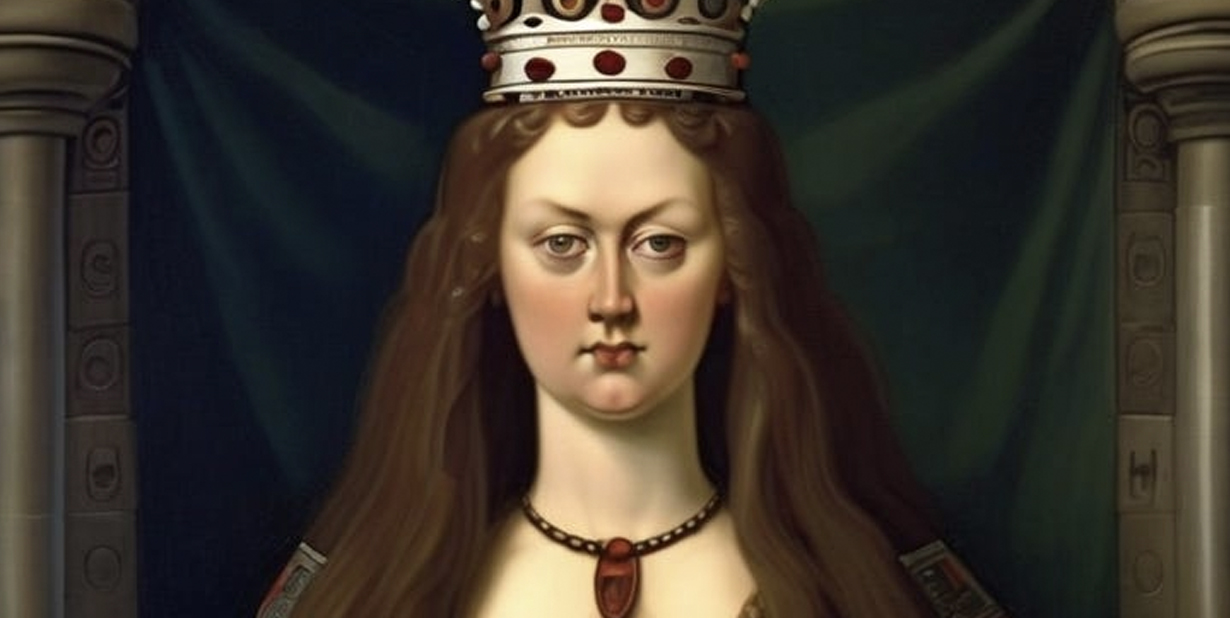
1. Her Father Was Royalty
Referred to as “Good Queen Maud,” Queen Matilda spent much of her life helping people, despite the lack of confidence thrown at her by a select few. She was born under the name Edith in 1080, later adopting the name Matilda. And although she wasn’t Queen yet, her father was Malcolm III—King of Scotland.
It wasn’t just her father who was of noble birth, however.
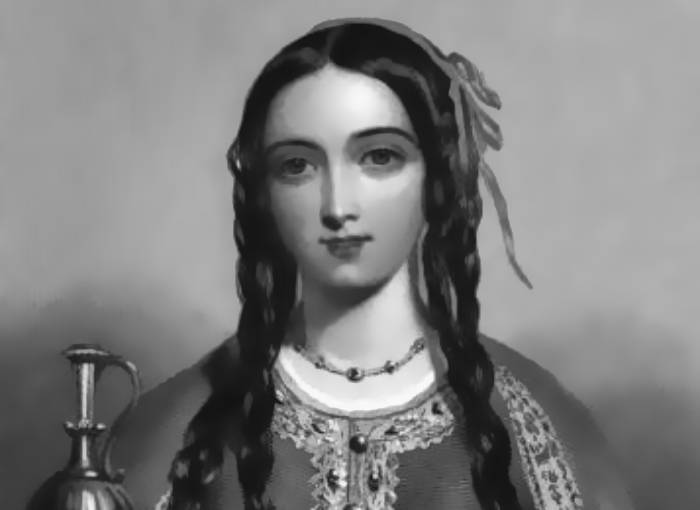 W. H. Mote (1803-1871), Wikimedia Commons
W. H. Mote (1803-1871), Wikimedia Commons
2. She Had An Impressive Lineage
Matilda’s father was the latest in a long line of Scottish monarchs, but her royal bloodline didn’t stop there. Her mother, Margaret of Wessex, was the granddaughter of King Edward Ironside of England, thus making Matilda the descendant of both an English and Scottish royal line.
Shortly after Matilda was born, she had her own signs of providence.
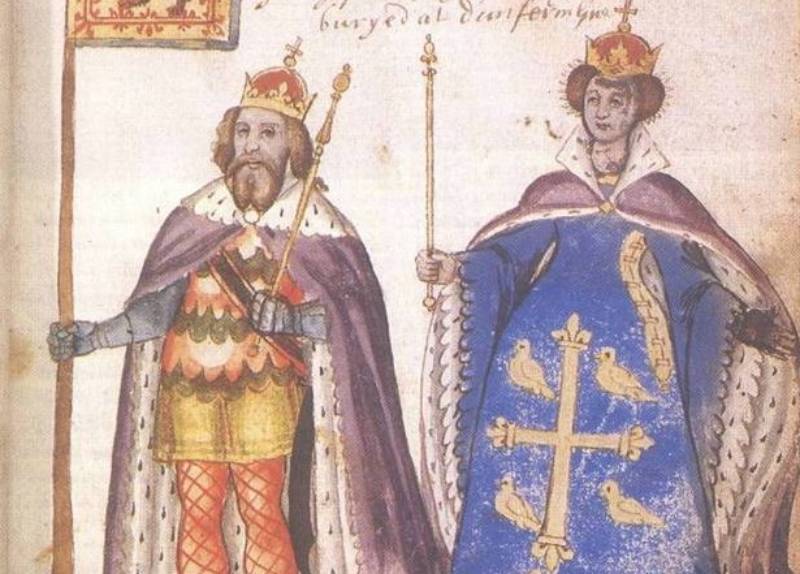 Unknown Author, CC BY-SA 3.0, Wikimedia Commons
Unknown Author, CC BY-SA 3.0, Wikimedia Commons
3. She Seemed Divinely Chosen
At Matilda’s baptism, the infant Queen-to-be foreshadowed her own ascendancy. As her godmother—Matilda of Flanders—stood by, Matilda pulled at her headdress, which many considered a sign that she would become Queen.
At the same time, she wasn’t the only woman in her family to receive the esteem of a higher power.
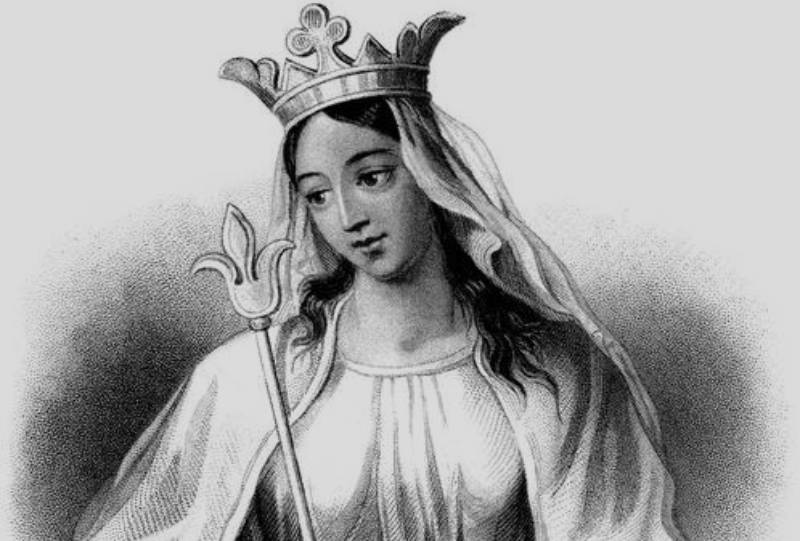 Henry Colburn, Wikimedia Commons
Henry Colburn, Wikimedia Commons
4. Her Mother Was More Than Royalty
Throughout history, many monarchs claimed to be God’s chosen rulers, but Matilda’s mother took it to another level. Margaret’s piety and charitable works were so revered that in 1250, the Catholic church canonized her as a Saint.
Still, she wasn’t always the most pleasant.
5. Her Mother Was Strict
Although her children considered Saint Margaret a caring mother, she also upheld the ideals of piety and holiness. As with the time, her standards and discipline were medieval in their severity, often refusing to “spare the rod”.
As it happened, though, Matilda wouldn’t spend much time with her mother.
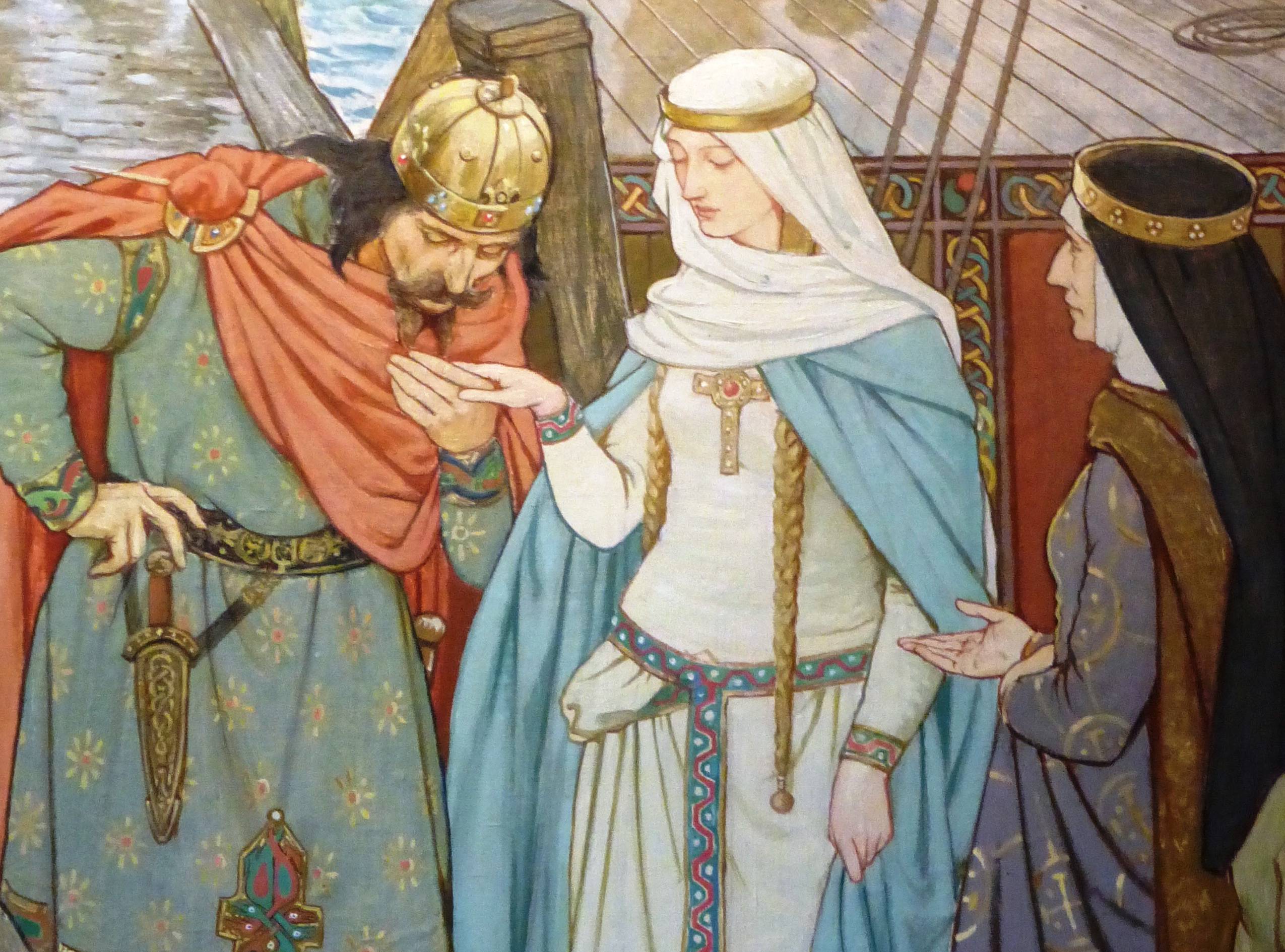 William Hole, CC BY-SA 3.0, Wikimedia Commons
William Hole, CC BY-SA 3.0, Wikimedia Commons
6. They Were Sent Away
At the age of six, Matilda left her home as her parents sent her and her sister away. First at Romsey Abbey, and later at Wilton Abbey, the two received an education befitting their station. It was a lonely upbringing—but they weren’t with complete strangers.
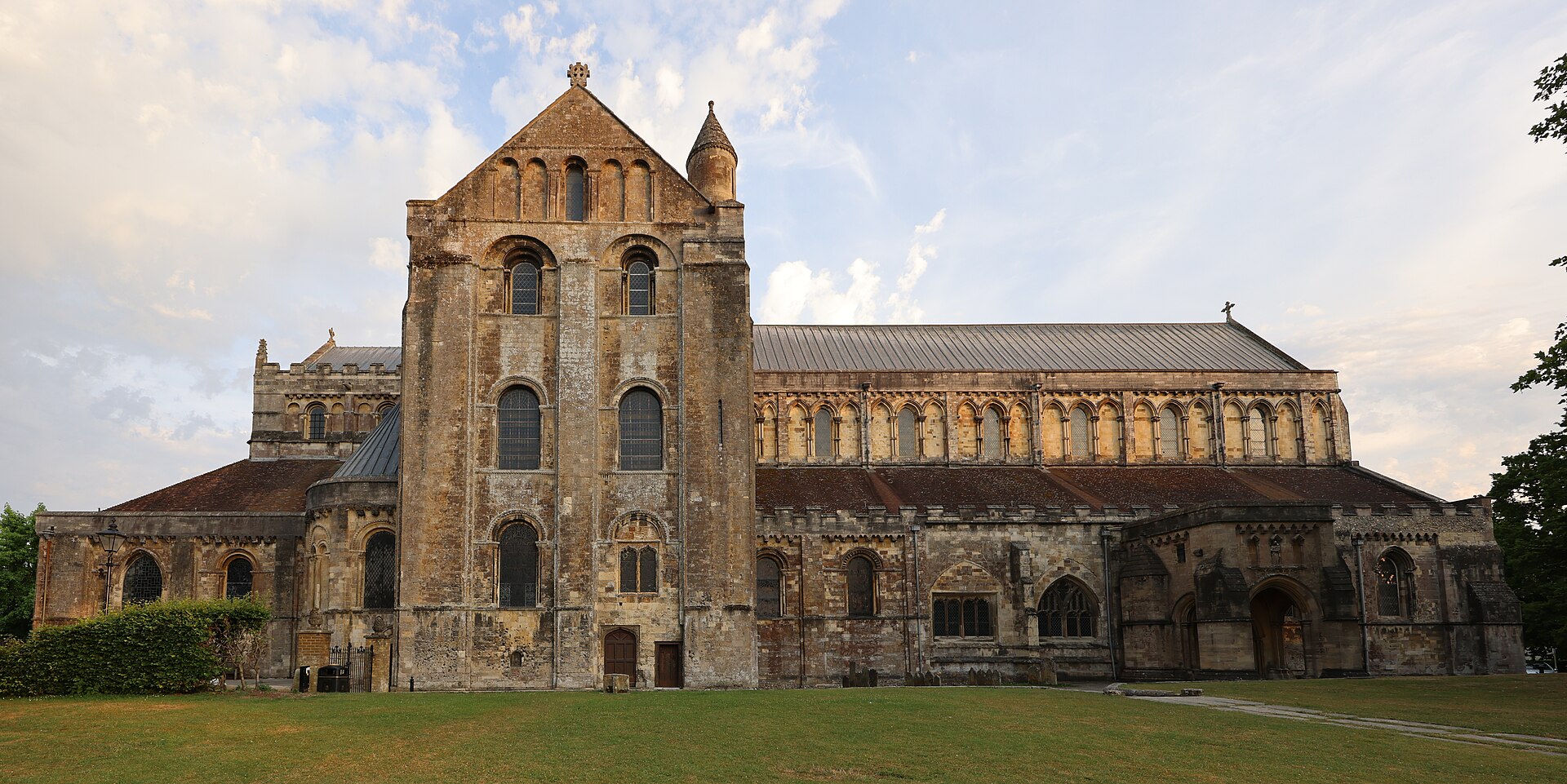 Geni, CC BY-SA 4.0, Wikimedia Commons
Geni, CC BY-SA 4.0, Wikimedia Commons
7. They Were Still With Family
Many children who are sent away to school are placed in an entirely new situation with people they’ve never met. This was not the case for Matilda and her sister, as their aunt Christina was the abbess at Romsey Abbey.
Matilda’s mother and aunt were both learned women, so she and her sister’s education was somewhat unique.
8. They Had A Higher Education
At the time, society didn’t expect most women to have the same education as men, but Matilda was different. Through her formative years, she learned practical skills such as geometry, financial management, and reading and speaking multiple languages.
While enjoying this freedom, she was still given certain precautions.
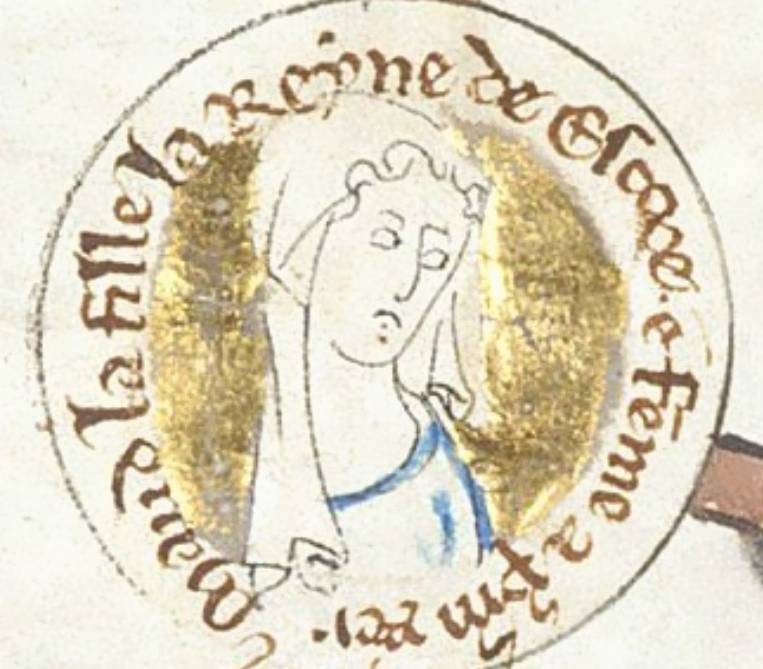 Unknown Author, Wikimedia Commons
Unknown Author, Wikimedia Commons

History's most fascinating stories and darkest secrets, delivered to your inbox daily.
9. She Was Forced To Hide Herself
Although Matilda had only been sent to the Abbey for education, her aunt seemingly had other ideas. Matilda had no desire to be a nun, but Christina forced her to wear a nun’s veil throughout her time there.
In Matilda’s view, this came from good intentions.
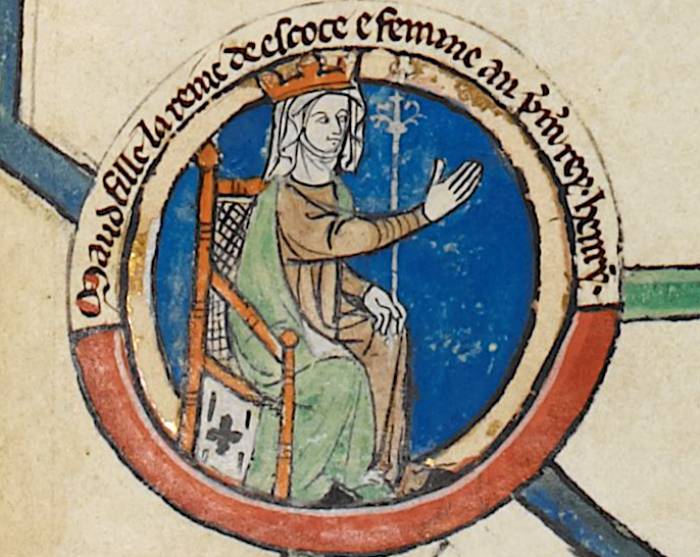 Unknown Author, Wikimedia Commons
Unknown Author, Wikimedia Commons
10. She Was Told It Was For Protection
Later in life, when speaking about Christina’s desire to keep her veiled, Matilda revealed the heartbreaking reason behind it. She chalked it up to a measure of safety. Matilda believed that her aunt’s motivation was to protect her from the men in the area.
Even if she later believed this, she wasn’t happy about it at the time.
11. She Didn’t Like It
During one instance, Matilda made her opinion about her veil plain by throwing it to the ground and stomping on it. Her aunt was furious, beating her for what she saw as disrespect. Despite the veil’s protection, Matilda was still offered many proposals.
12. She Received Several Proposals
Although Matilda was still very young, her nobility offered a strong political advantage to whomever she would marry. As such, many other nobles offered themselves as marriage candidates, including the second Earl of Surrey and possibly even the King of England at the time—William II.
Unfortunately, the decision was eventually made for her.
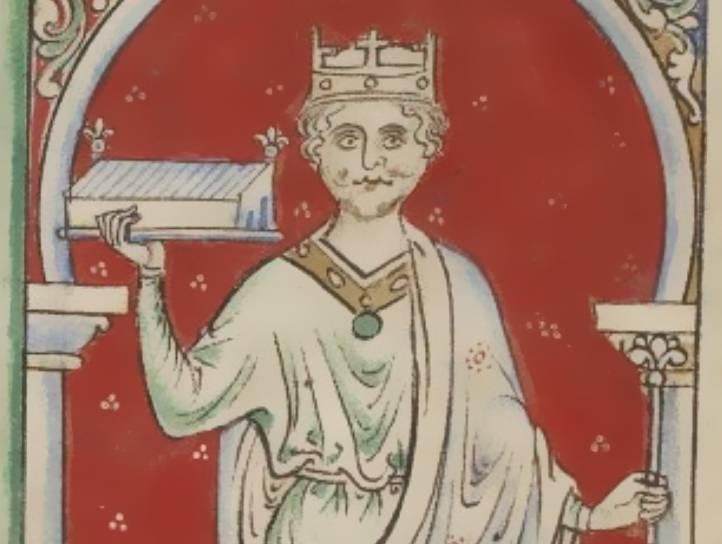 Matthew Paris, Wikimedia Commons
Matthew Paris, Wikimedia Commons
13. Her Marriage Was Still Arranged
Matilda declined the proposals that came her way, but she was still under her parents’ rule. In 1093, they betrothed her to a man—but that wasn’t the worst part. They chose someone that she had already once refused: The Lord of Richmond, Alan Rufus.
However, this was only the beginning of her misfortune.
 UKTV, The Kings & Queens of England (2004)
UKTV, The Kings & Queens of England (2004)
14. She Suffered Losses
Later that year, Matilda’s family sadly became smaller and more complicated. At the Battle of Alnwick, her father perished along with his and Saint Margaret’s eldest son, leaving space for a great conflict concerning the succession.
This wasn’t the last of her losses.
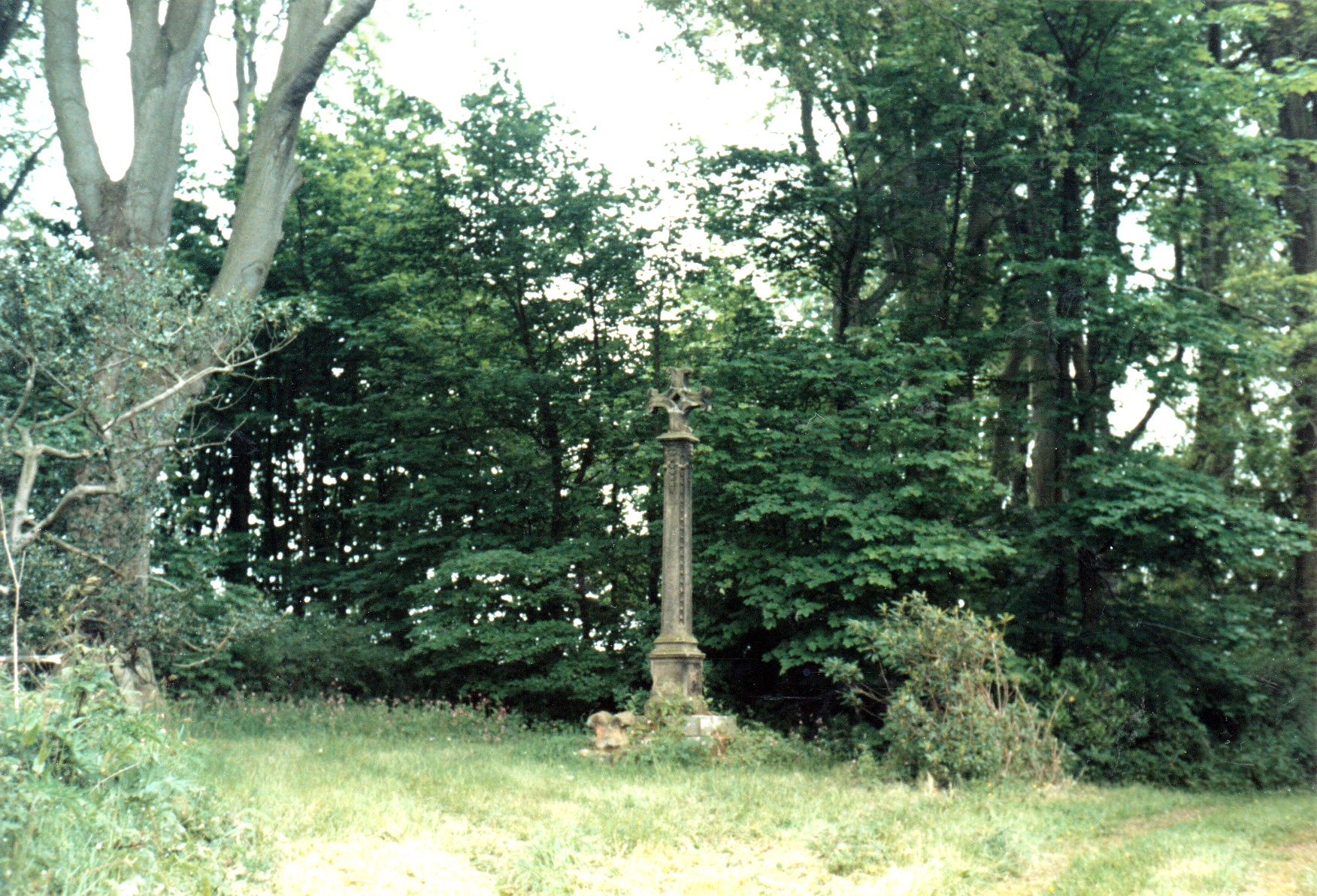 Kim Traynor, CC BY-SA 4.0, Wikimedia Commons
Kim Traynor, CC BY-SA 4.0, Wikimedia Commons
15. She Became An Orphan
After being informed by her son Edgar of Malcolm and Edward’s demises, Margaret sank into despair. Having been told just three days after the battle, she succumbed to grief and passed as well, leaving Matilda without parents.
Aside from the grief that plagued them, Matilda’s family situation became even more tense.
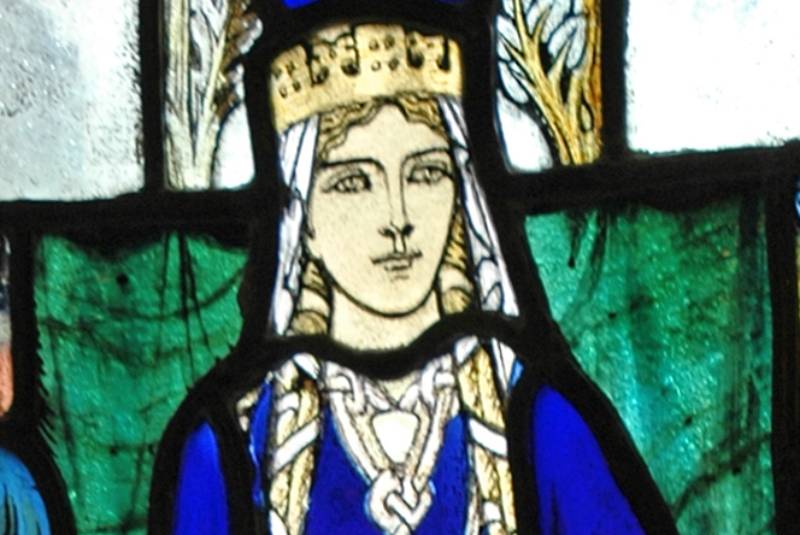 Kjetil Bjørnsrud, CC BY-SA 3.0. Wikimedia Commons
Kjetil Bjørnsrud, CC BY-SA 3.0. Wikimedia Commons
16. He Seized His Chance
With the demise of both Malcolm and his chosen heir, the question of his throne’s successor became all the more complicated. While Matilda’s brother Edgar and her older half-brother Duncan II staked their claims, Malcolm III’s brother—Donald II—took the throne of Scotland by force.
Through all this mess, Matilda’s brothers needed protection.
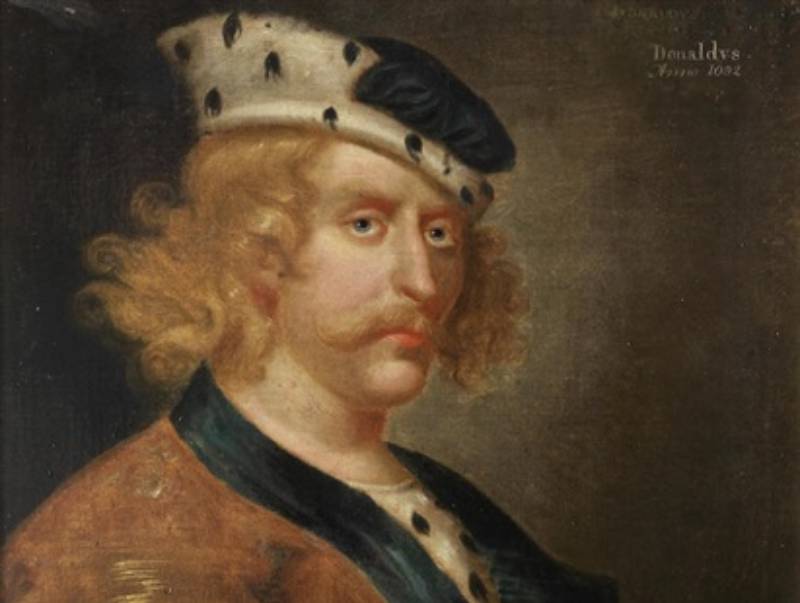 George Jamesone, Wikimedia Commons
George Jamesone, Wikimedia Commons
17. They Were Sent To Safety
The struggle for the Scottish throne meant that Matilda couldn’t even find comfort with all her siblings. For protection, her brothers Edgar, Alexander, and David went to King William’s court and stayed there for a time.
However, she may not have stayed away from them for long.
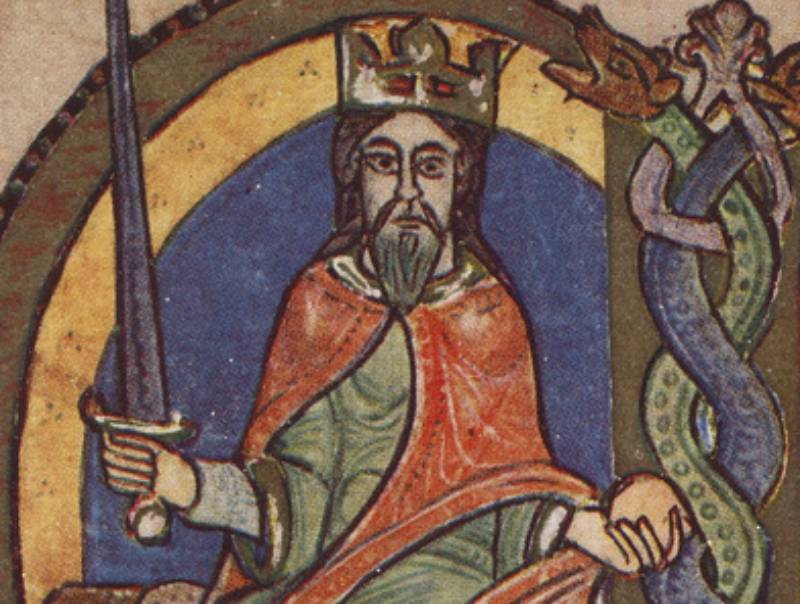 Unknown Author, Wikimedia Commons
Unknown Author, Wikimedia Commons
18. She Also Left
Despite all the names in play during this succession crisis, Matilda was still to play a pivotal part—which also meant that she was in grave danger. Perhaps the safest place for her to be was Wilton Abbey in Wiltshire, where she was being educated. But she still made an unexpected move, fleeing the convent.
Not everyone thought this was a good idea, though.
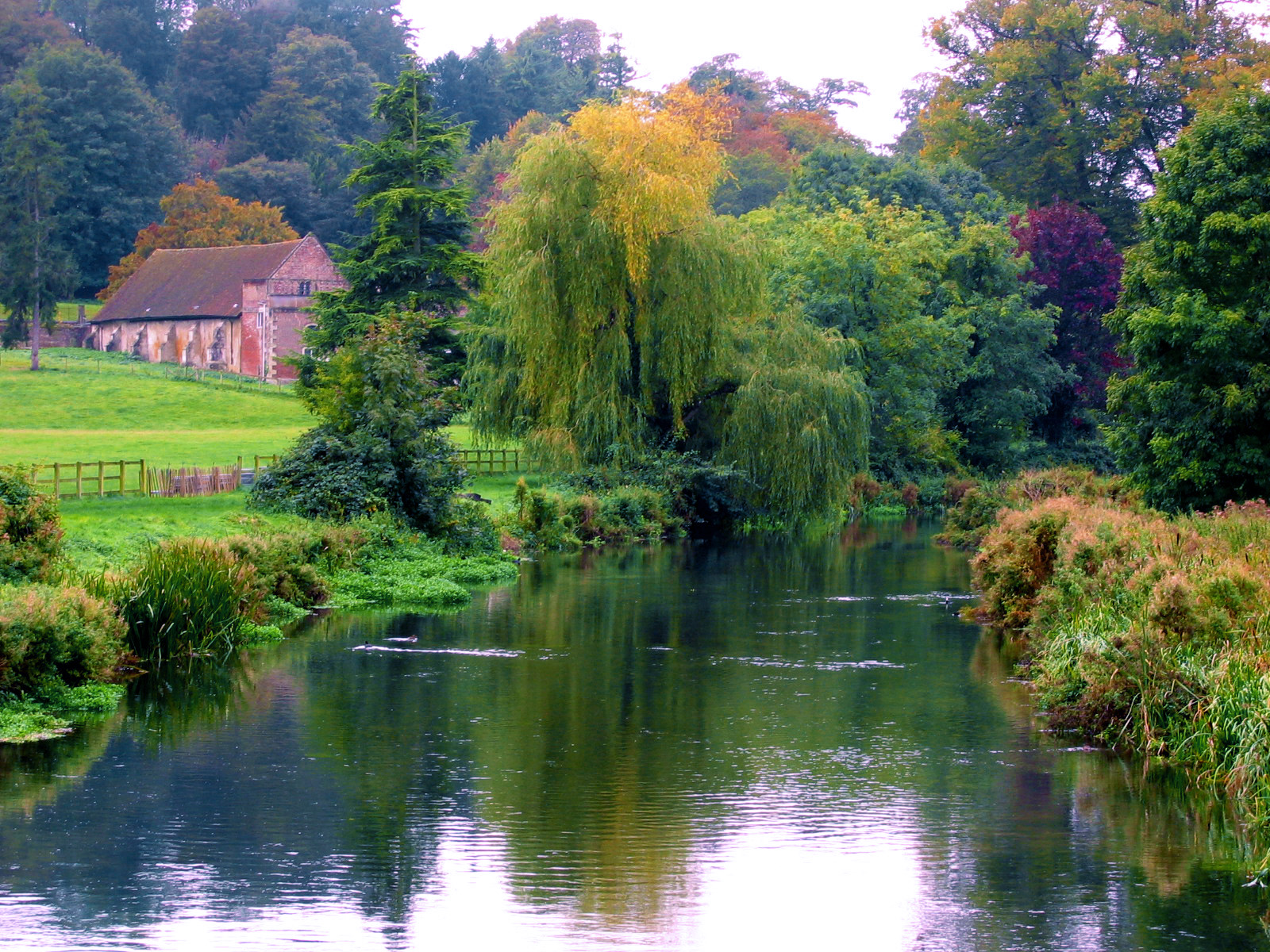 Jan van der Crabben (Photographer), CC BY-SA 2.0, Wikimedia Commons
Jan van der Crabben (Photographer), CC BY-SA 2.0, Wikimedia Commons
19. He Ordered Her Return
After Matilda left Wilton Abbey, Archbishop Anselm grew extremely concerned over her safety, not knowing where she had gone. Writing to the Bishop of Salisbury, who presided over Wiltshire, Anselm demanded that he return Matilda to the convent.
It’s at this time that things get a bit more fuzzy.
 UKTV, The Kings & Queens of England (2004)
UKTV, The Kings & Queens of England (2004)
20. Her History Is Unknown
The Bishop of Salisbury couldn’t send Matilda back to the convent—likely because he couldn’t find her. And the reason why is stunning. For the next seven years, Matilda lived in relative seclusion, hidden from the public eye and the cutthroat maneuvering of the Scottish court’s succession crisis. And impressively, she managed to stay hidden for roughly seven years.
While her actions and location during this time are a mystery, historians have made guesses.
21. She Likely Stayed With Family
Put in an intense conflict of succession, it’s only natural that Matilda would seek solace in her family. However, her true home was under the rule of her usurper uncle, so it’s highly probable that she went to her brothers, and stayed with King William II of England.
Fortunately, there was one possible upside to the situation.
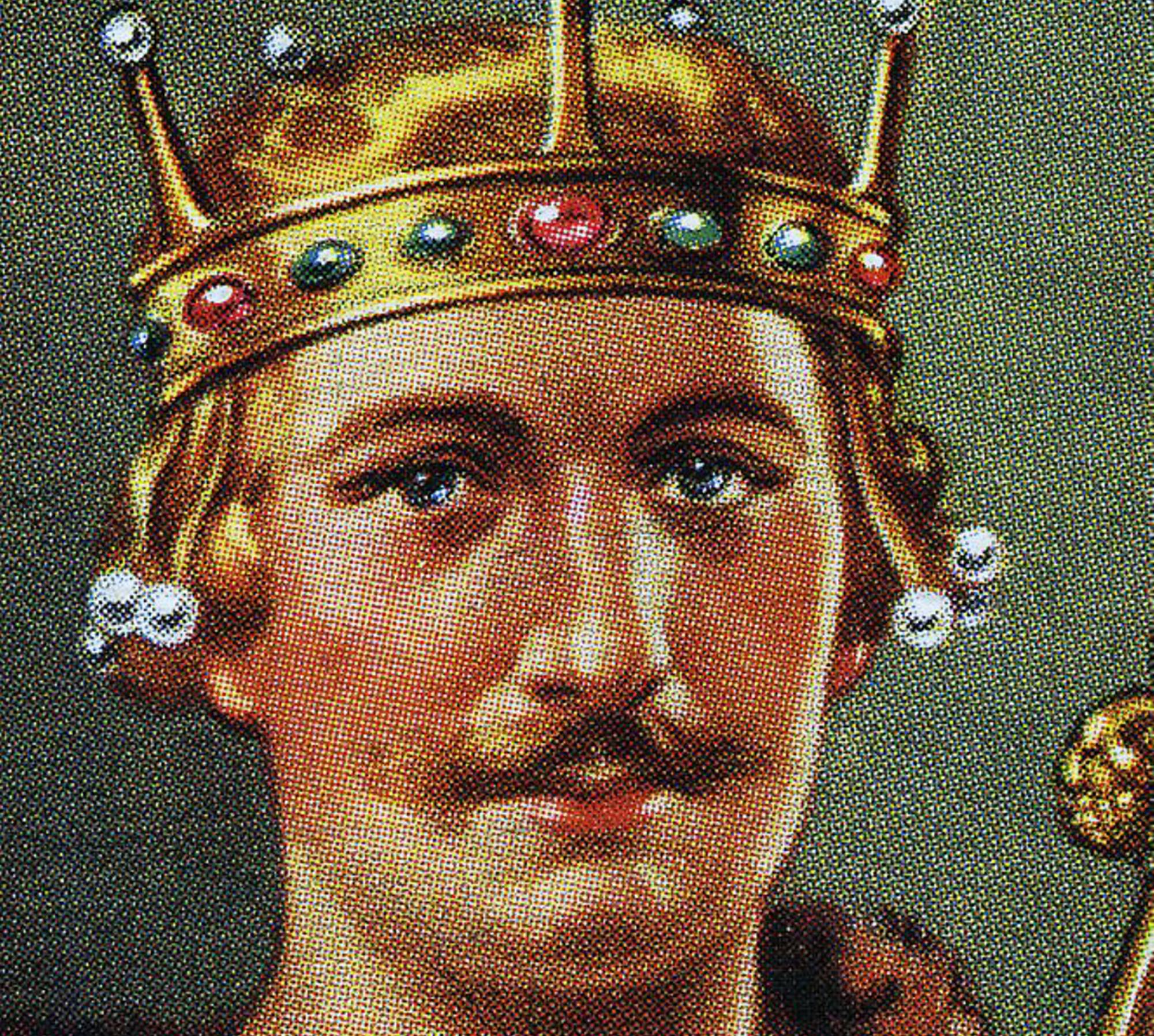 Universal History Archive, Getty Images
Universal History Archive, Getty Images
22. Her Fiancé Left
Before her father’s passing, Matilda’s biggest personal problem had been an unwanted engagement—and despite the problems the succession crisis posed, it also offered her an unexpected bright side. Since the political benefits of a marriage to Matilda had become questionable, her fiancé Alan Rufus called off the wedding, and became engaged to Gunhild of Wessex instead.
Thankfully, this made room for an arguably better match.
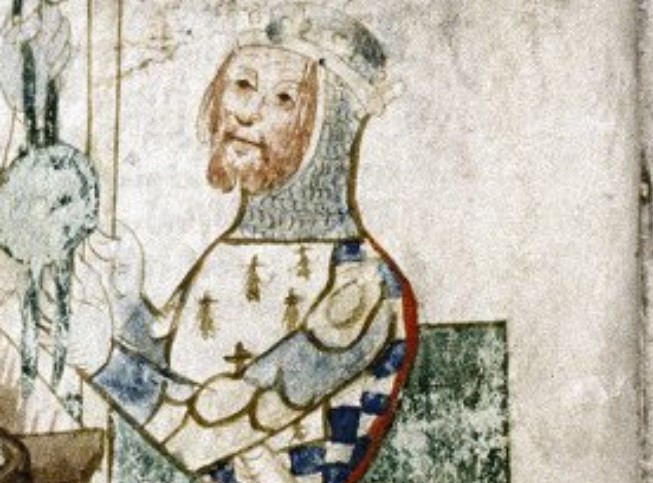 MS. Lyell 22, Wikimedia Commons
MS. Lyell 22, Wikimedia Commons
23. He Succeeded The Throne
While Scotland was dealing with its succession problems, England had a comparatively quick transition of power. Following the passing of King William II, his younger brother—Prince Henry—took his place as King Henry I.
Following his ascendancy, he knew exactly who he wanted to marry.
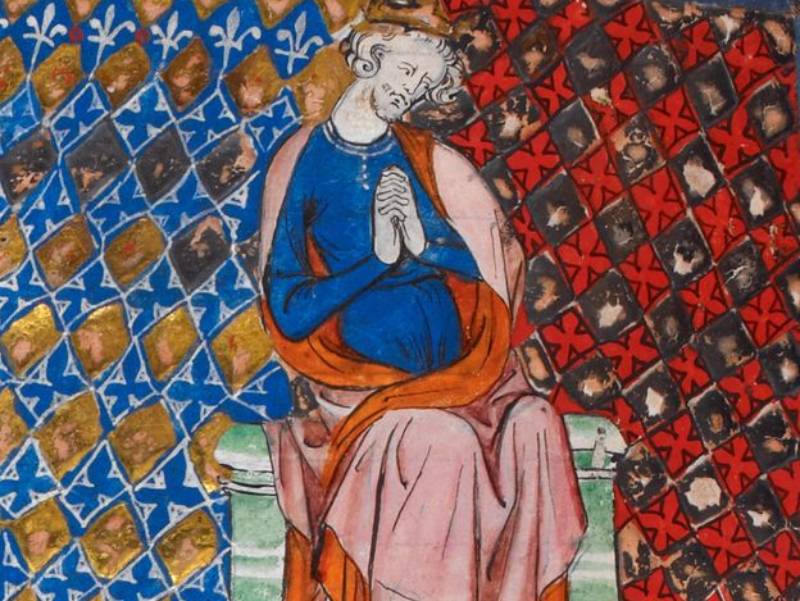 Medieval artists, Wikimedia Commons
Medieval artists, Wikimedia Commons
24. He Made His Choice
For some Kings, deciding on a suitable partner is an arduous or tedious choice, often made solely out of strategy. This was not the case for King Henry. He chose Matilda to be his Queen so quickly that it left heads spinning. So, was it a political move, or true love?
Well, there were many reasons behind the choice.
 Matthew Paris, Wikimedia Commons
Matthew Paris, Wikimedia Commons
25. She Was A Smart Match
While it wasn’t only strategic, there’s no denying that marrying Matilda was a sharp political move. Her mother’s Wessex bloodline would allow King Henry to garner support from the English and Normans. Furthermore, her Scottish lineage would grant him better standing with the neighboring kingdom.
Still, their connection ran a bit deeper.
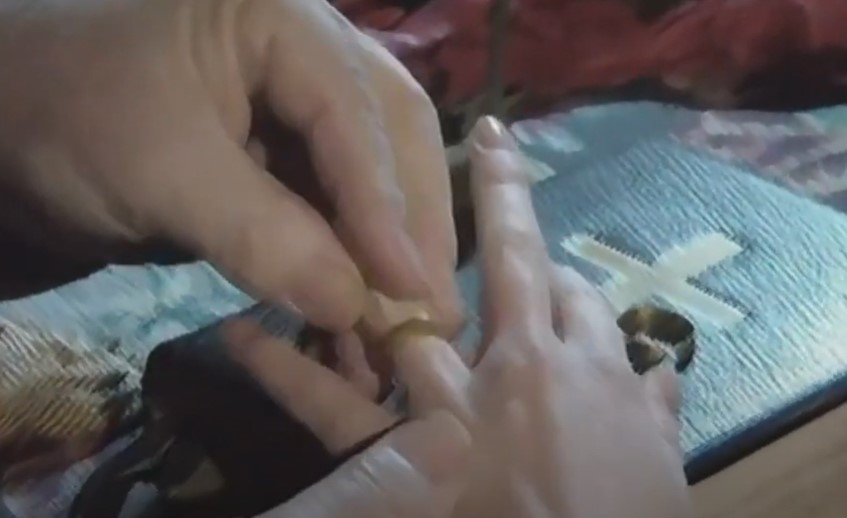 UKTV, The Kings & Queens of England (2004)
UKTV, The Kings & Queens of England (2004)
26. He Was Fond Of Her
Beyond what she represented, King Henry felt a genuine care for and connection to Matilda. It was evident that he very much enjoyed her personality and had liked her for a long time. Of course, it helped that they hadn’t only just met.
 UKTV, The Kings & Queens of England (2004)
UKTV, The Kings & Queens of England (2004)
27. They Likely Met With Her Brothers
While it’s not completely clear where King Henry and Matilda had initially met, they had known each other for several years before he chose her as his Queen. As it is likely that Matilda stayed with her brothers in King William’s court, she probably would have met Henry there.
Their marriage wasn’t as simple as just saying “yes,” however.
 UKTV, The Kings & Queens of England (2004)
UKTV, The Kings & Queens of England (2004)
28. Her Virtue Was Questioned
All the time that Matilda had spent in monasteries proved to be a hurdle concerning her marriage—and vicious rumors were swirling. People speculated that Matilda had performed her vows to become a nun during the time she’d disappeared. If it were true, it would mean that she wouldn’t be able to wed.
Her aunt certainly didn’t make things easier.
 UKTV, The Kings & Queens of England (2004)
UKTV, The Kings & Queens of England (2004)
29. Her Aunt Lied
Although she endured one engagement already and was sent to the convent only for education, Matilda’s aunt insisted she’d had ulterior motives. Christina claimed that Matilda was, in fact, a nun and that her leaving the convent to marry would be “sacrilege”.
Despite this, Matilda stayed firm in her goal.
 Unknown Author, Wikimedia Commons
Unknown Author, Wikimedia Commons
30. She Didn’t Back Down
In the face of rumors and subterfuge—from her own family, no less—Matilda persevered in proving her marriage eligibility. She had no intentions of staying any longer at the convent and prepared to fight tooth and nail.
To that end, she took it to a higher authority.
 Historical Picture Archive, Getty Images
Historical Picture Archive, Getty Images
31. She Tried To Convince Him
Knowing that she would need an unquestionable judgment to prove her case, Matilda went to one of the highest authorities in the church. As Archbishop Anselm returned from exile, Matilda pleaded with him to intervene.
Furthering this, she laid out all the facts.
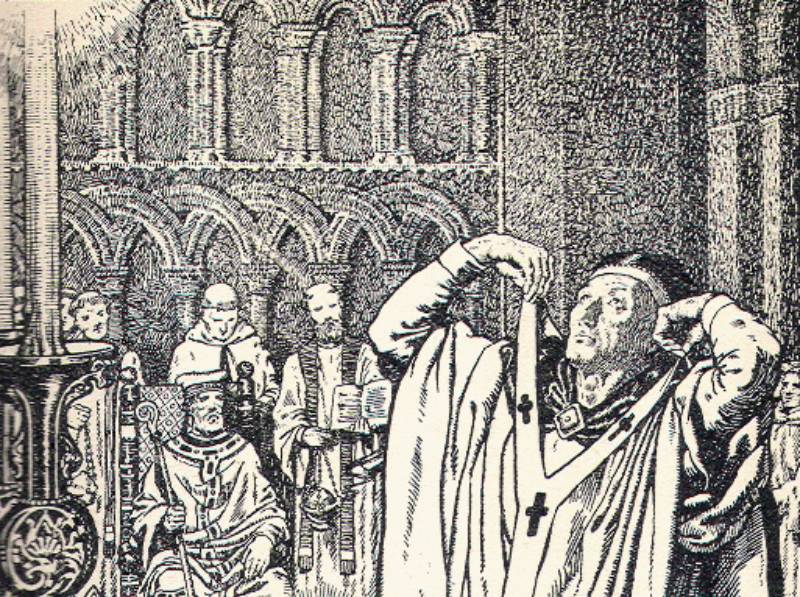 Morris Meredith Williams, Wikimedia Commons
Morris Meredith Williams, Wikimedia Commons
32. She Said Her Piece
Matilda explained everything to Archbishop Anselm to convince him she had never been a nun. Among other details, she told him that her aunt had forced her to wear a nun’s veil. To really prove that her aunt was alone in her claim, Matilda even relayed a story about her father, saying that when he had seen her in the veil, he’d had a brutal reaction. He’d ripped it off and tore it apart in disagreement.
Even then, the Archbishop felt it was too large of a decision for him.
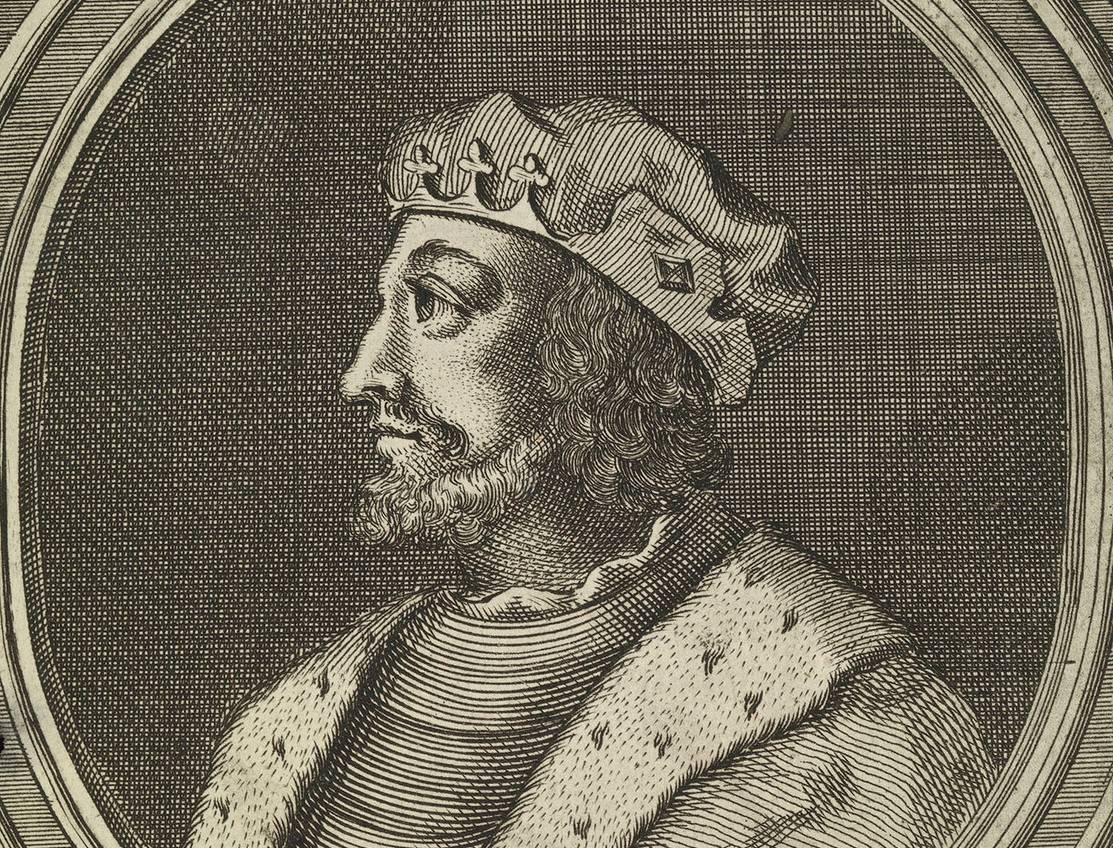 Royal Collection, Wikimedia Commons
Royal Collection, Wikimedia Commons
33. He Got A Second Opinion
Despite being the Archbishop, Anselm felt inadequate in deciding Matilda’s canonical status. Instead, he enlisted a council of bishops to help him find the truth and legality of the matter. To his credit, he also did his due diligence.
 UKTV, The Kings & Queens of England (2004)
UKTV, The Kings & Queens of England (2004)
34. He Investigated
Fortunately, Archbishop Anselm and his bishops weren’t only judging Matilda’s word against her aunt. Anselm also ordered two inquiries at Wilton Abbey, hoping to get first-hand accounts of the problem.
Matilda then made her case for the whole council.
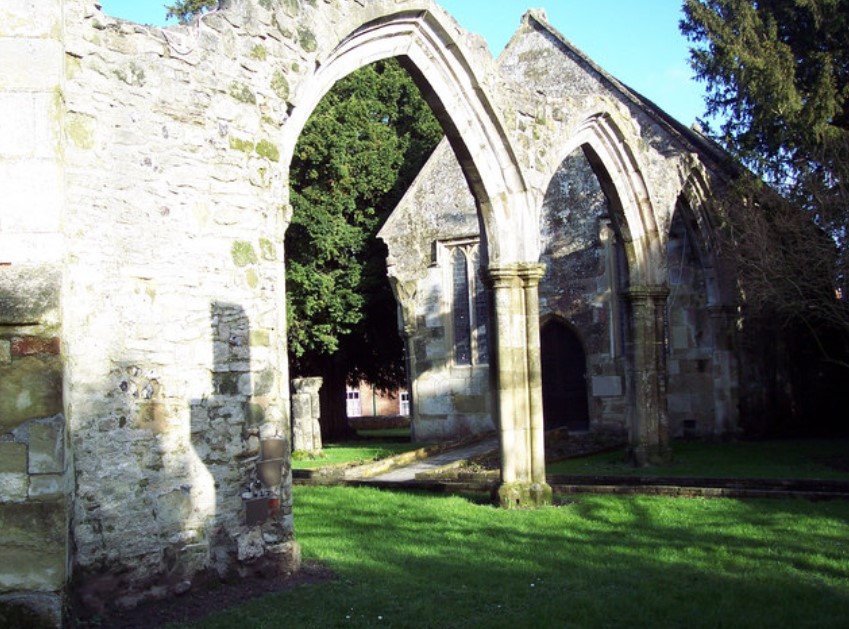 Trish Steel, CC BY-SA 2.0, Wikimedia Commons
Trish Steel, CC BY-SA 2.0, Wikimedia Commons
35. She Gave Her Testimony
Hoping to end the matter, Matilda presented her story once again to Anselm and the council of bishops. There she reiterated that she had only been sent to the convent for education and, most importantly, that she had never taken any vows.
Fortunately, they were able to reach a verdict.
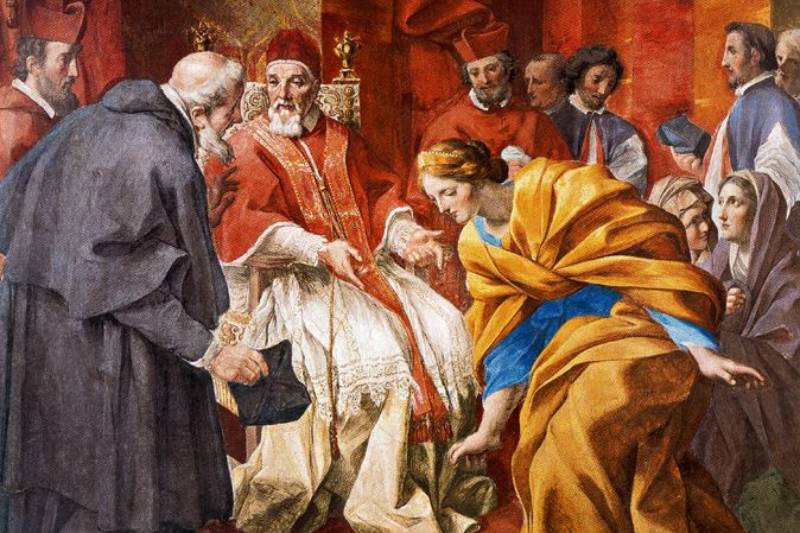 Giovanni Francesco Romanelli, Wikimedia Commons
Giovanni Francesco Romanelli, Wikimedia Commons
36. They Came To A Decision
After the inquiries finished and the council deliberated, they finally arrived at a conclusion. They agreed, that since Matilda had certainly taken no vows, she was not a nun and was eligible for marriage.
This decision also came out of respect for her parents.
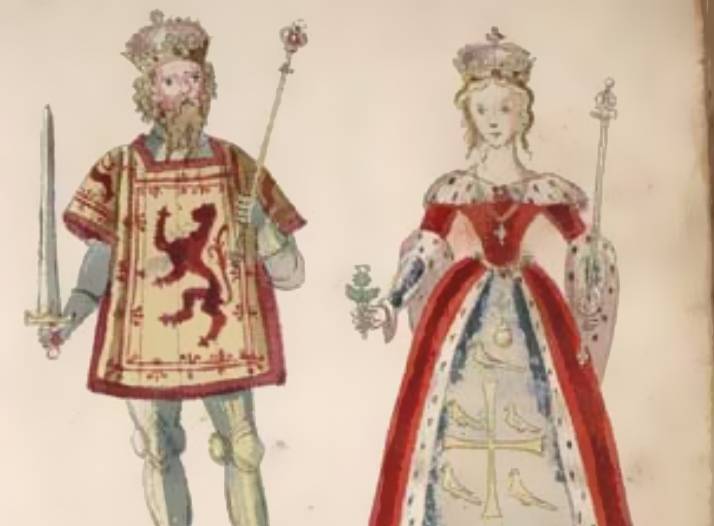 Forman Armorial, Wikimedia Commons
Forman Armorial, Wikimedia Commons
37. They Respected Her Parents’ Choice
A large factor in the council’s decision came from Matilda’s testimony that her parents never intended her to be a nun. Considering that her parents had betrothed her once before, the council concluded that they had always intended for their daughter to marry.
With the judgment made, It wasn’t long until Matilda and King Henry were official.
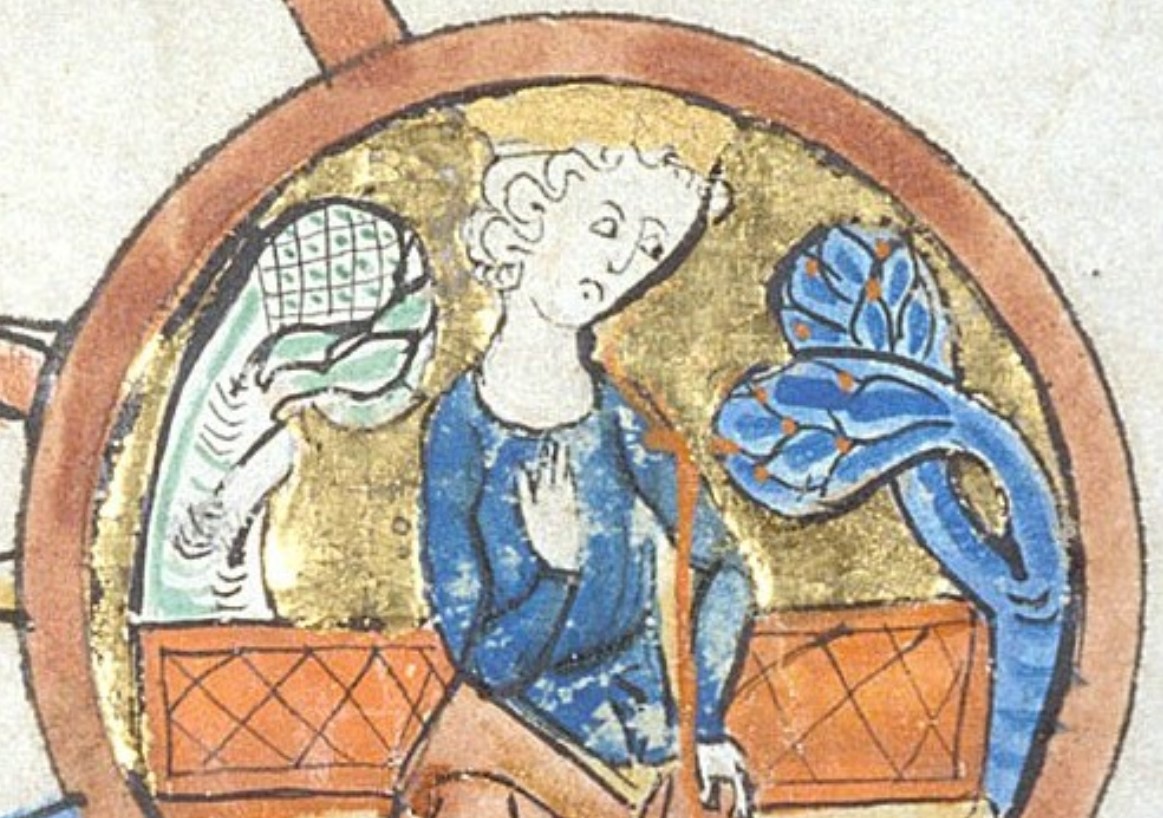 Unknown Author, Wikimedia Commons
Unknown Author, Wikimedia Commons
38. They Were Married
Without any further distractions or obstacles, Matilda and King Henry were able to take the next step. In November 1100, Archbishop Anselm officiated their marriage ceremony. Ever ones for efficiency, they made another change official the same day.
39. She Had A Double Ceremony
November 11 wasn’t only chosen to make Matilda and Henry’s union official, but also as the date marking Matilda’s transition as ruler. Following their marriage ceremony, her coronation proceeded, and she became Queen of England.
She was getting a whole new identity, wife and queen, in one day—and more changes had to be made to reflect the momentous occasion.
40. She Took A New Name
Although some rulers retain the names they were born with, others take new regnal names for various reasons. She had still been using her birth name, Edith, until that point, but when she became ruler, she chose to leave her given name behind and become Queen Matilda.
There were a few possible motives behind this choice.
 Walter de Gray Birch, Wikimedia Commons
Walter de Gray Birch, Wikimedia Commons
41. She Likely Did It To Please Everyone
Like many details of Queen Matilda’s life, the reason behind the decision to change her name to Matilda remains unconfirmed. However, Matilda was a popular name amongst the Normans, so she likely did so to gain favor with her new subjects.
As for her courtiers, they had their own names picked out.
 UKTV, The Kings & Queens of England (2004)
UKTV, The Kings & Queens of England (2004)
42. They Gave Them Nicknames
As opposed to the previous monarch—King William II—King Henry and Queen Matilda were much more reserved and grounded. Poking fun at this attitude, their courtiers gave them the nicknames Godric and Godiva, as these were popular Norman names from the previous century.
Following this union, the King and Queen began to reap the political benefits.
 Muse Entertainment, The Pillars of the Earth (2010)
Muse Entertainment, The Pillars of the Earth (2010)
43. The Countries Grew Closer
For two countries that historically had a quite turbulent dynamic, Scotland and England saw a newfound peace. Since Matilda was of Scottish blood, she could influence and mediate much of their relations.
This was also personally beneficial for Queen Matilda.
44. She Was Still Close To Her Family
Following the succession conflict for the Scottish throne, three of Queen Matilda’s brothers would take the throne after one another. This helped lead to a newfound cordiality between Scottish and English monarchs.
In fact, Matilda’s entire reign was marked by an uncommonly light atmosphere.
 Muse Entertainment, The Pillars of the Earth (2010)
Muse Entertainment, The Pillars of the Earth (2010)
45. She Ordered A Biography
No doubt stemming from a love for her mother, Queen Matilda wanted to cement Saint Margaret’s legacy. She ordered a biography about her mother, written by the monk Thurgot of Durham.
This wasn’t her only commission, though.
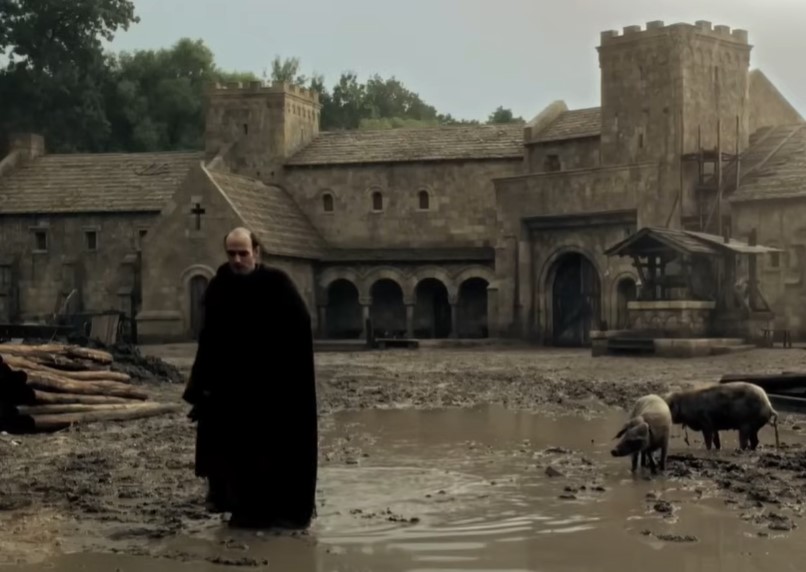 Muse Entertainment, The Pillars of the Earth (2010)
Muse Entertainment, The Pillars of the Earth (2010)
46. She Commissioned Another History
Aside from a more specific biography of her mother, Queen Matilda commissioned William of Malmesbury to write her family’s extended history. The Gesta Regum Anglorum was, unfortunately, unfinished until after Queen Matilda had passed—and later given to her daughter.
However, these weren’t the only endeavors to have her attention.
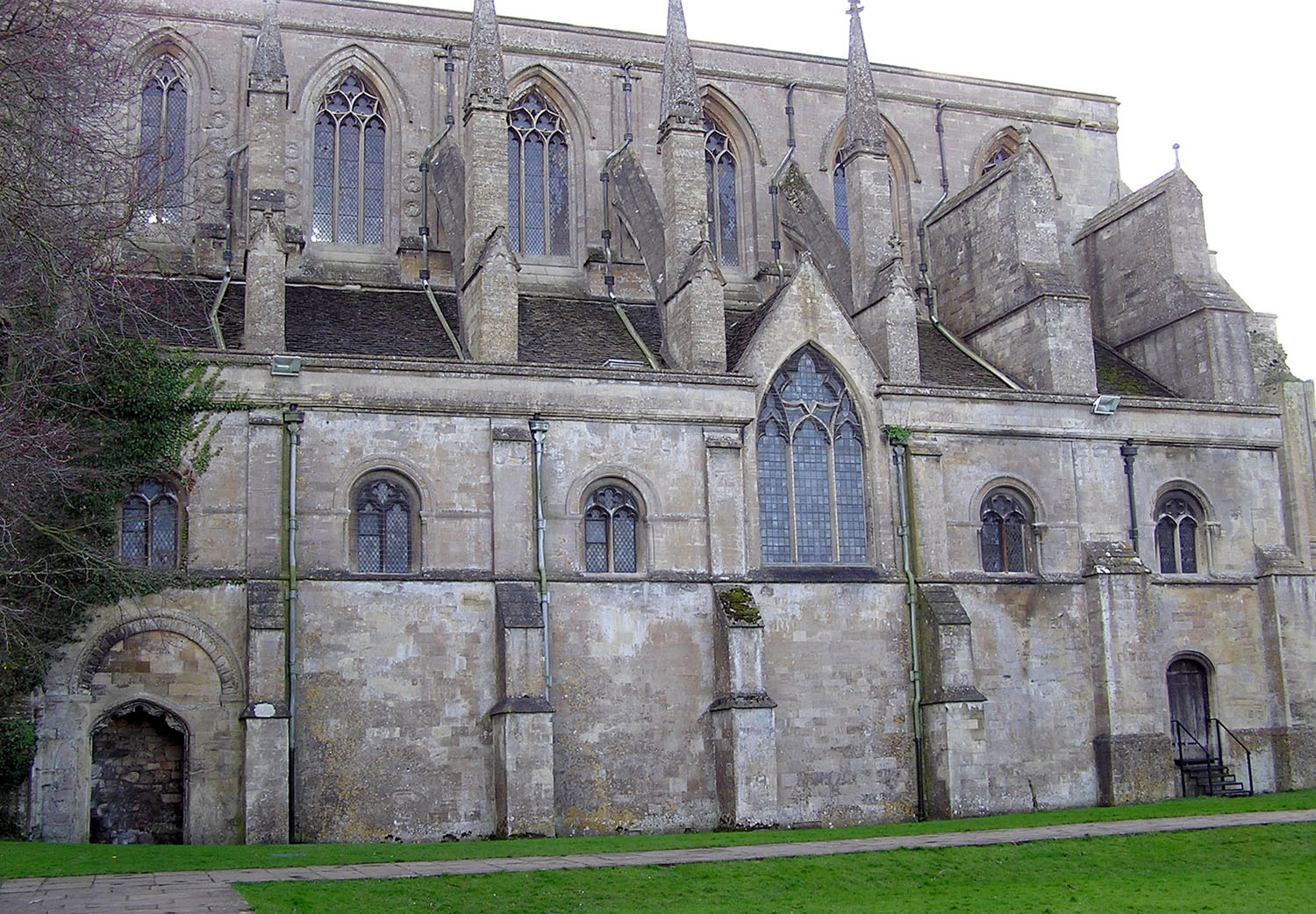 Arpingstone, Wikimedia Commons
Arpingstone, Wikimedia Commons
47. She Performed Her Husband’s Duties
King Henry I often found himself away from court due to his various military campaigns, but Queen Matilda made her own mark when he was away. He appointed her the head of his court and used her extensive skill and education to uphold all royal responsibilities.
These skills came in handy when a more personal issue came up.
 UKTV, The Kings & Queens of England (2004)
UKTV, The Kings & Queens of England (2004)
48. Her Friend Left
In the struggle for power between the throne and the church, many battles arose over the investiture of bishops. Often, these conflicts would fall to the king and Archbishop Anselm. One conflict in 1102 became so heated that the Archbishop took a leave of absence rather than continuing negotiations with King Henry.
Having known Anselm for a long time, Queen Matilda reached out to him.
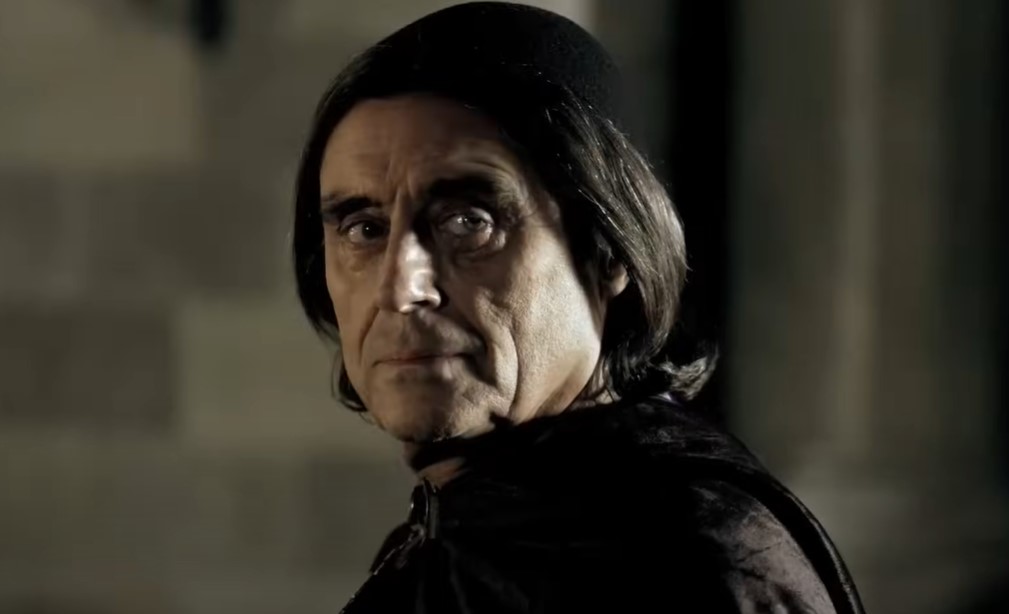 Muse Entertainment, The Pillars of the Earth (2010)
Muse Entertainment, The Pillars of the Earth (2010)
49. She Wrote To Him
The investiture controversy was a strenuous and complex conflict—but they were no match for a problem-solver like Queen Matilda. She knew that Archbishop Anselm was an asset to negotiations. During his absence, she wrote many letters asking him to come back, and failing that, asking for his counsel.
Her letters didn’t stop at asking for advice, though.
50. She Bridged The Gap
After a while, Queen Matilda took more responsibility in her correspondence with Archbishop Anselm. Her letters eventually became a mediation between Anselm and her husband, the King.
This proved invaluable to their negotiations.
 Muse Entertainment, The Pillars of the Earth (2010)
Muse Entertainment, The Pillars of the Earth (2010)
51. She Helped Them Compromise
Through Queen Matilda, the specific disagreement between Anselm and King Henry I was eventually settled, and she led them to a compromise with fair results on both sides. Still, not all of Queen Matilda’s work concerned the King.
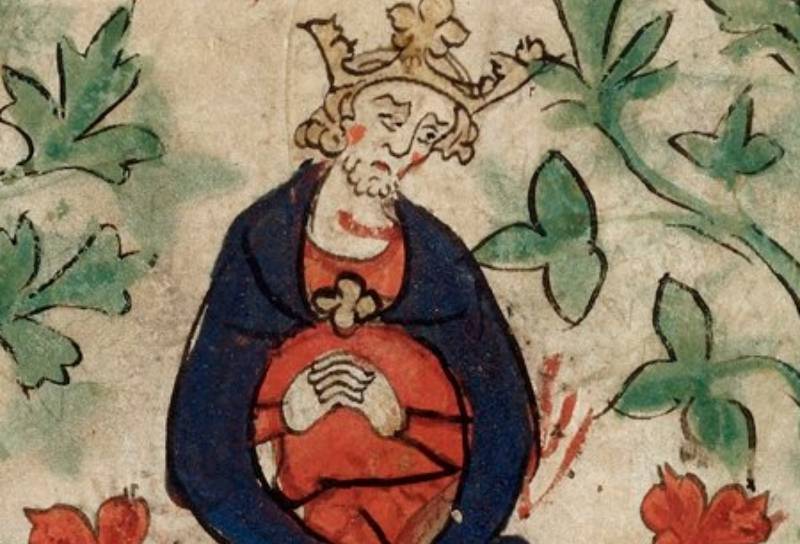 British Library, Wikimedia Commons
British Library, Wikimedia Commons
52. She Didn’t Only Construct Buildings
Surprisingly, a day of travel delays led to Queen Matilda adding an inaugural feature to her country. After finding difficulty in crossing the River Lea, she funded the construction of England’s first arched bridge—Bow Bridge.
This construction may be the source of a very popular song.
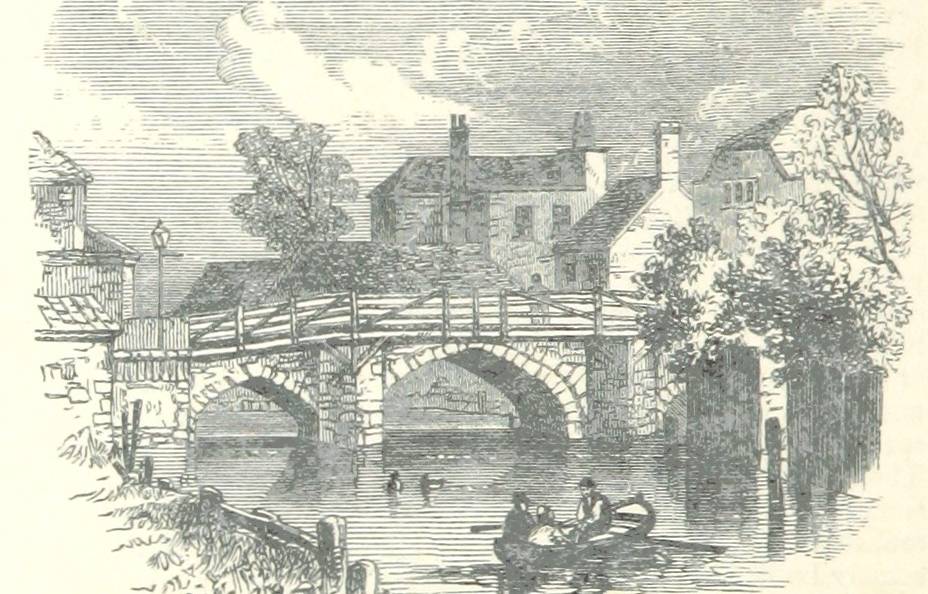 Unknown Author, Wikimedia Commons
Unknown Author, Wikimedia Commons
53. She Is A Possible Inspiration
Many nursery rhymes have hidden meanings, and the classic “London Bridge Is Falling Down” is no different. Some claim that Queen Matilda’s arched bridge partially inspired the song, believing she’s referenced in the line “My fair lady”.
Graciously, Queen Matilda’s efforts weren’t only directed at higher society or herself.
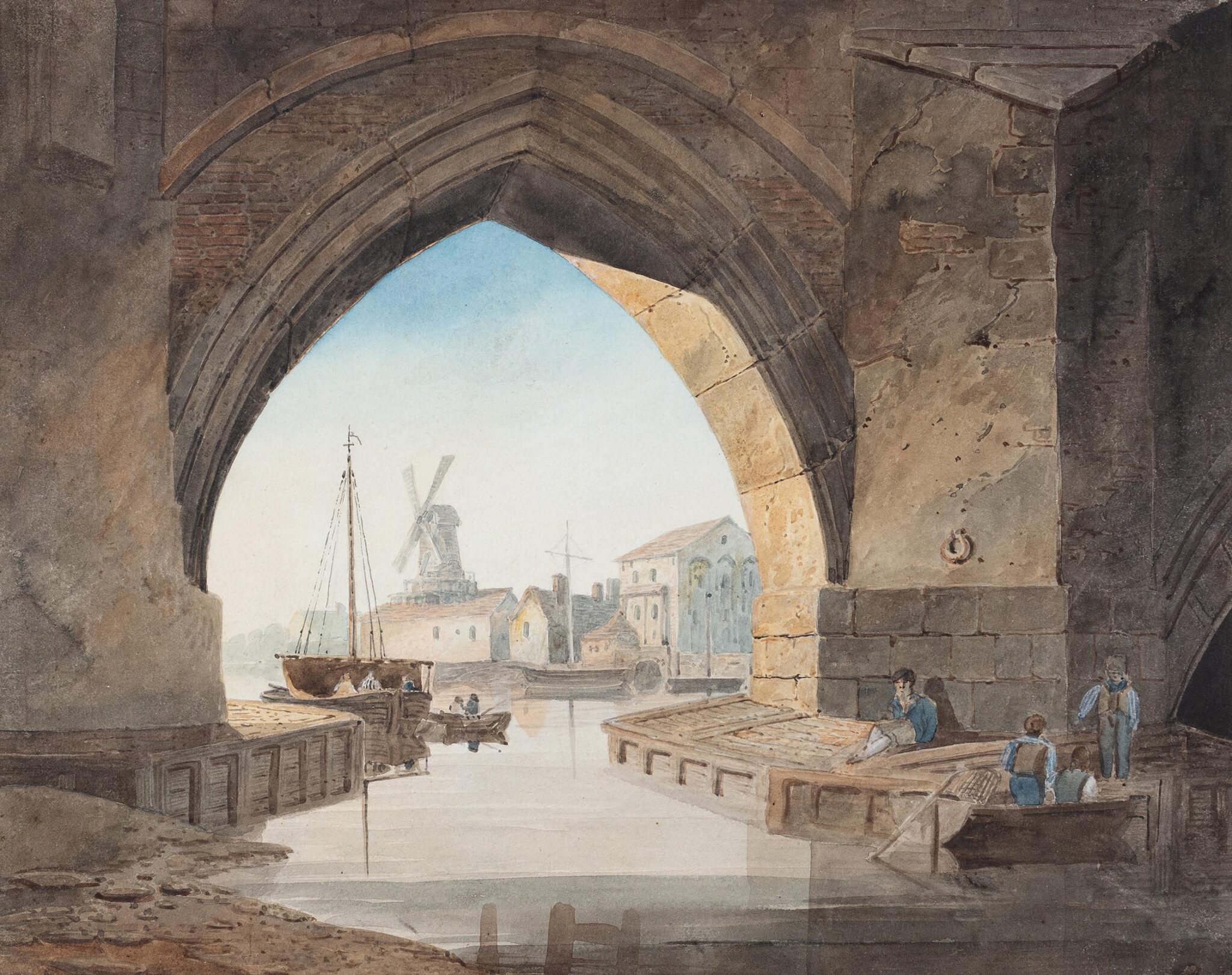 Frederick Mackenzie, Wikimedia Commons
Frederick Mackenzie, Wikimedia Commons
54. She Was Generous
Most parents wish for their children to emulate their best qualities, and had she been alive to see it, Queen Matilda’s mother would have seen that wish granted. Just as Saint Margaret had focused much of her resources on charity, Queen Matilda committed herself to helping the poor.
This generosity bled into her architectural projects.
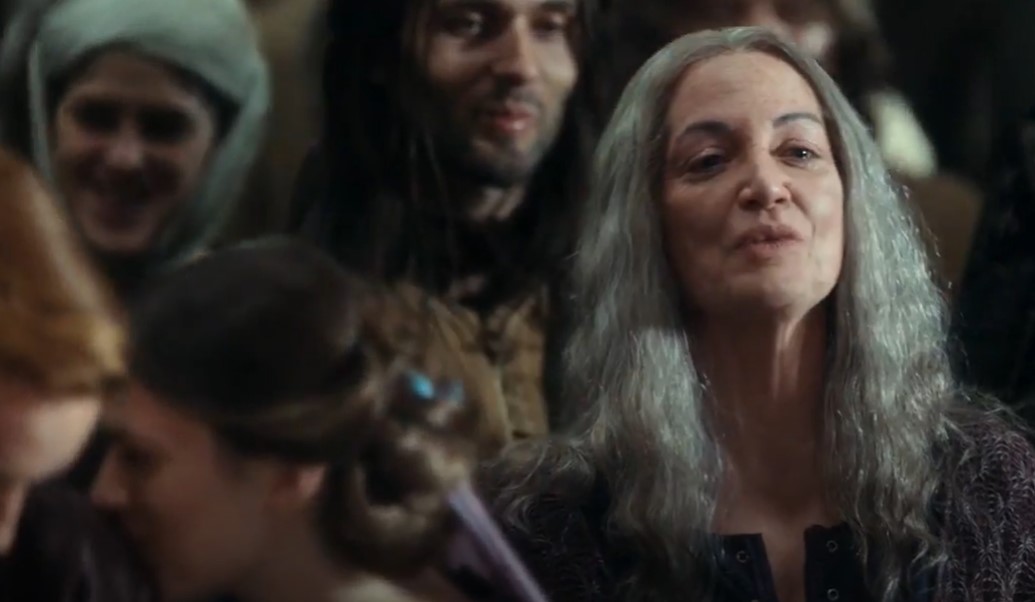 Muse Entertainment, The Pillars of the Earth (2010)
Muse Entertainment, The Pillars of the Earth (2010)
55. Her Projects Helped The Common Folk
Queen Matilda didn’t limit her construction projects to ornate Norman buildings, but practical resources for everyone. For instance, she built the first public bathrooms in London and a bathhouse that featured piped-in water.
She was also adamant about providing aid to those dealing with illnesses.
 UKTV, The Kings & Queens of England (2004)
UKTV, The Kings & Queens of England (2004)
56. She Helped The Sick
In helping the poor, Queen Matilda devoted her resources to helping those suffering from all ailments. While she wasn’t alone in her passion for these causes, she also took things to the next level, going where others were too scared. Specifically, though, she did much of her work with leprosy victims and founded two leper hospitals.
All of this generosity stemmed from her mother and her own spiritual standards.
57. She Was Known For Her Holiness
Also like her mother, Queen Matilda was well-known for her piety and righteousness. Looking back on her reign, many considered her to be a perfect Queen, devoid of any evil. Naturally, this piety pushed her to devote herself to the church—but also, her people.
58. She Walked Among Her Subjects
Unlike most other rulers at the time, Queen Matilda went even further than her devotion to helping the poor. She was unafraid to socialize and be present with her subjects—often “lowering” herself by kissing the hands of the sick and attending church barefoot.
Of course, as her life went on, she had a few others to take care of.
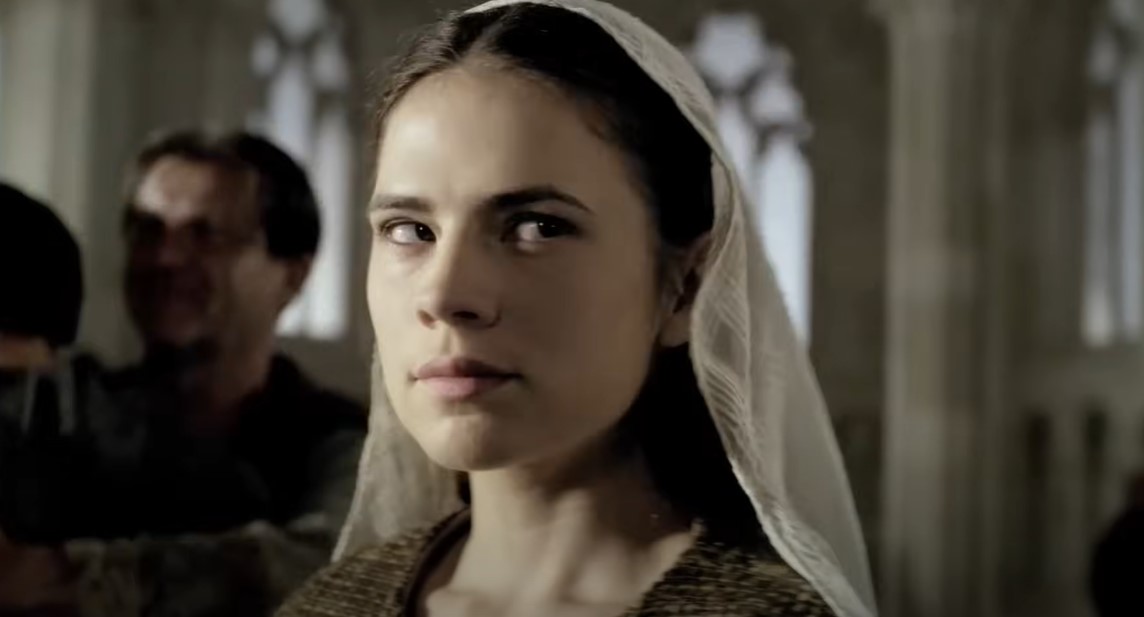 Muse Entertainment, The Pillars of the Earth (2010)
Muse Entertainment, The Pillars of the Earth (2010)
59. She Had Children
Aside from King Henry’s many illegitimate children, he and Queen Matilda sadly had several children who perished early on. By the end, she and the King would have two children to reach adulthood, Matilda and William.
Regarding their daughter, they received a significant proposal.
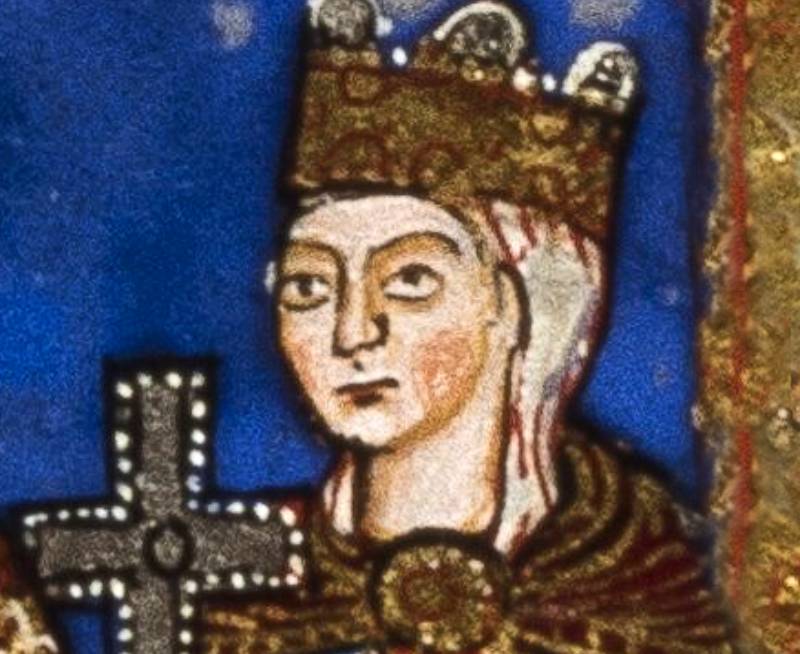 Unknown Author, Wikimedia Commons
Unknown Author, Wikimedia Commons
60. They Received An Offer
In 1108, King Henry I and Queen Matilda received an offer of alliance with King Henry V of Germany by marriage to their daughter Matilda—also known as Maud. As this gave political benefits to both sides, they agreed to the proposal.
Eight years after this, Queen Matilda would be reunited with her parents.
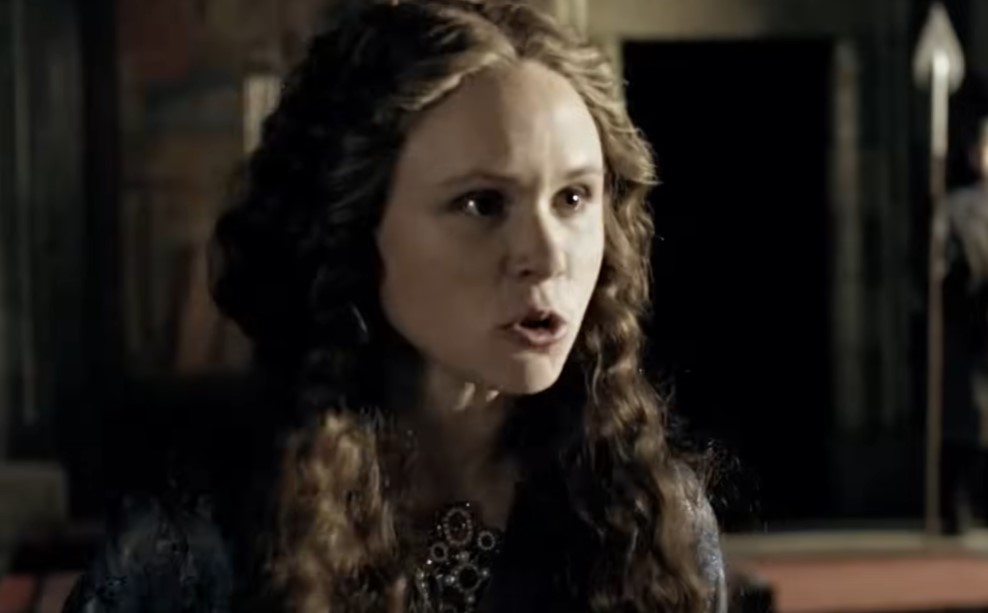 Muse Entertainment, The Pillars of the Earth (2010)
Muse Entertainment, The Pillars of the Earth (2010)
61. Her Story Came To An End
Following her great works and impact on her kingdom, Queen Matilda passed in May 1118. Despite the amount of projects she completed and the acclaim she received, she was only 38.
As she was so beloved, her passing hit everyone around her.
62. They Were Greatly Affected
Those closest to her were no doubt inconsolable at Queen Matilda’s passing, which didn’t only include family. According to stories, three of her ladies-in-waiting were so heartbreakon that they made a drastic choice. They immediately opted to become nuns, having been so affected by the loss.
Unfortunately, her passing also paved the way for more conflict.
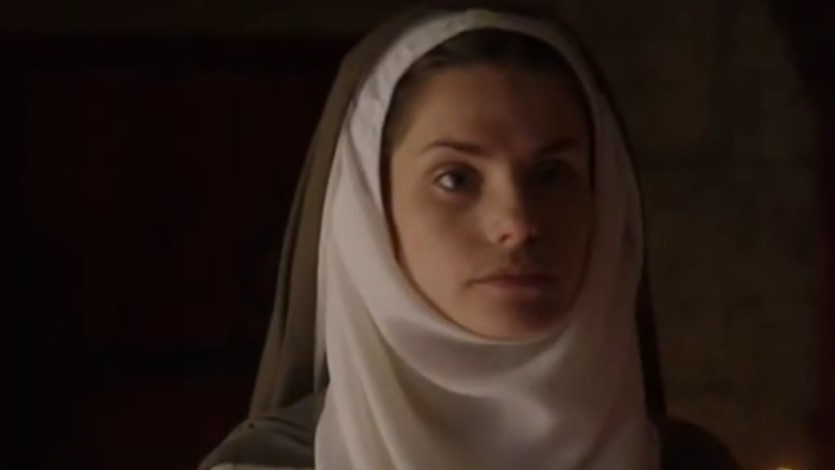 Tandem Communications, World Without End (2012)
Tandem Communications, World Without End (2012)
63. She Had No Grandchildren
Although a betrothal of Queen Matilda’s daughter to King Henry V of Germany was strategic, it left England’s King Henry in a difficult position. This was due to the young Matilda and King Henry V having no children by the time he passed in 1125.
Queen Matilda’s son William had a far worse fate.
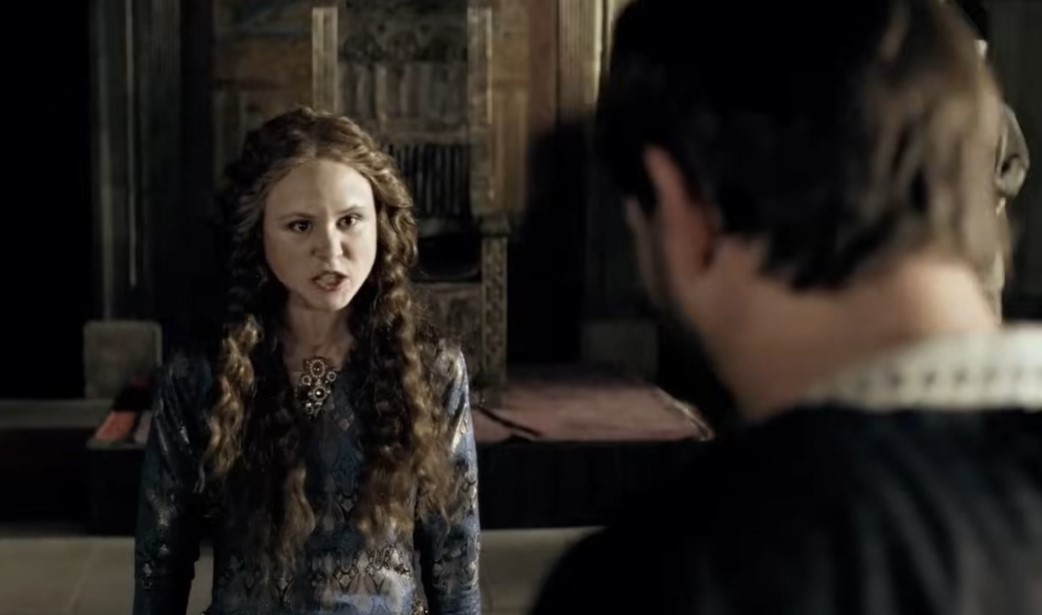 Muse Entertainment, The Pillars of the Earth (2010)
Muse Entertainment, The Pillars of the Earth (2010)
64. Her Son Met A Disaster
Two years after Queen Matilda’s passing, her son’s life also came to an end. Having been sailing on the White Ship in 1120, he perished when the ship crashed into a rock and capsized.
This was when things once again became complicated.
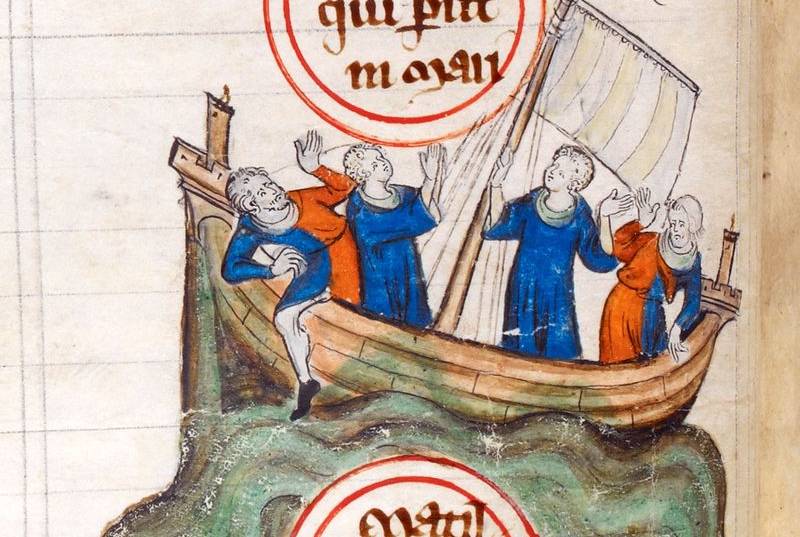 Unknown Author, Wikimedia Commons
Unknown Author, Wikimedia Commons
65. She Preceded Another Crisis
With all of these events in place, King Henry’s succession was lining up to be a disastrous affair. With no apparent heir, Henry chose his daughter Matilda as heiress, leading to even more conflict than during Queen Matilda’s childhood.
In the end, the one who actually succeeded made his feelings for the late Queen Matilda known.
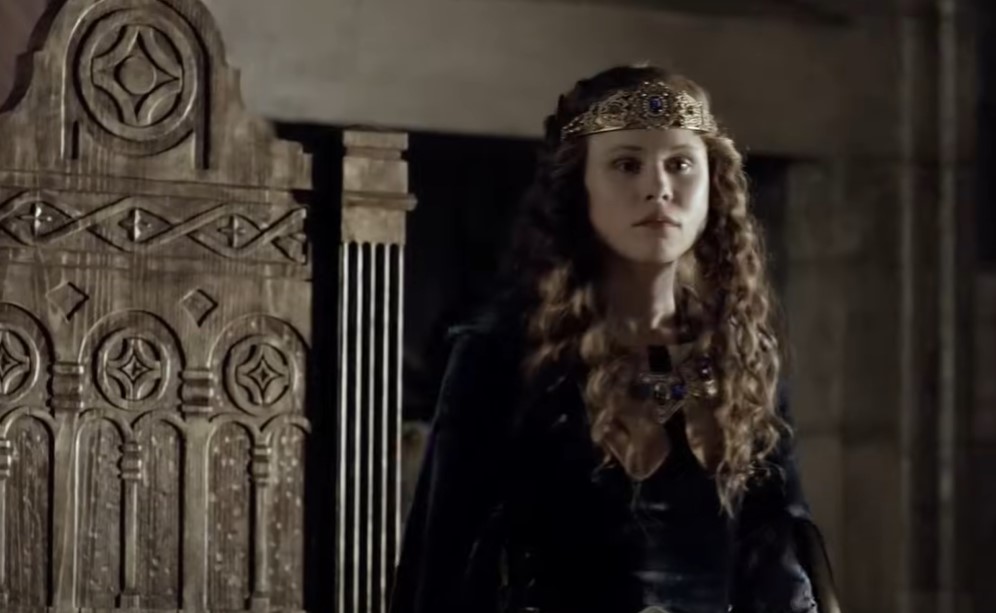 Muse Entertainment, The Pillars of the Earth (2010)
Muse Entertainment, The Pillars of the Earth (2010)
66. She Was Still Questioned
Even though Queen Matilda was largely seen as a uniquely good ruler, who cared for her subjects and worked hard to improve the kingdom, she was still scrutinized. Even King Henry I’s successor, Stephen of Blois, remained convinced that Matilda had always been a nun.
Despite this, she was almost awarded a familiar honor.
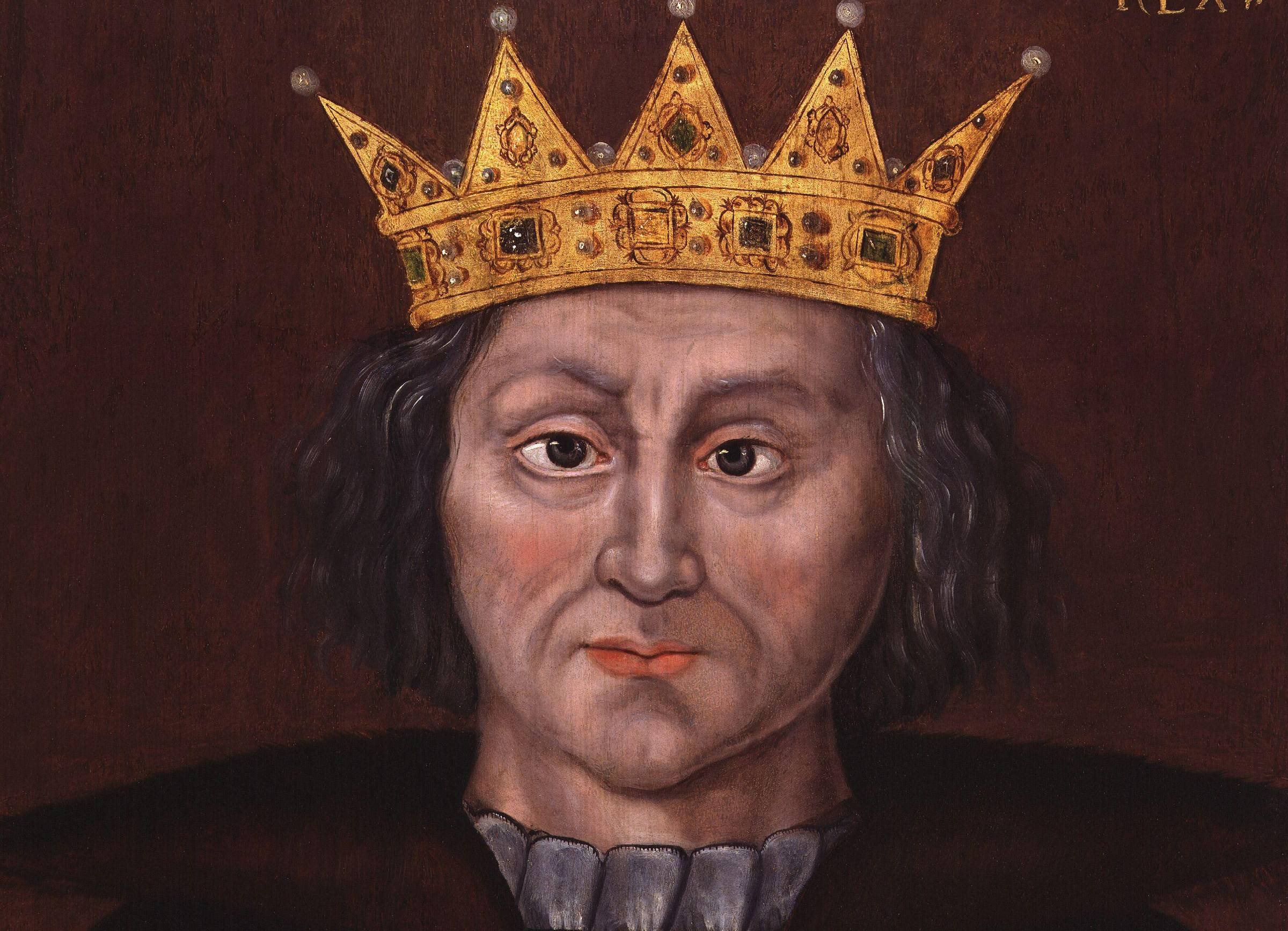 Unknown Author, Wikimedia Commons
Unknown Author, Wikimedia Commons
67. He Betrayed Her Even In Death
By all accounts, Queen Matilda was kind, generous, and a smart and capable ruler. And then there was her husband, King Henry. They couldn’t have been more opposite, and Henry became known for his cruelty and ruthlessness. When Matilda died, Henry was deep in the middle of an ongoing conflict with the King of France.
He was so preoccupied, in fact, that he couldn’t be bothered to get home in time for his wife’s funeral.
 Muse Entertainment, The Pillars of the Earth (2010)
Muse Entertainment, The Pillars of the Earth (2010)
68. She Didn’t Have To See His Brutal Side
Should Queen Matilda have counted herself lucky that only two of her children lived to adulthood? Perhaps, because her husband’s cruelty also extended to his own offspring. A year after Matilda’s death, Henry’s (illegitimate) daughter’s husband blinded the son of a man named Harnec, they brought the case to the king.
They were family, but they'd embarrassed him, so Henry was utterly ruthless.
 Muse Entertainment, The Pillars of the Earth (2010)
Muse Entertainment, The Pillars of the Earth (2010)
69. It Could’ve Been Her Grandchildren
Henry allowed Harnec to blind his own grandchildren and cut off their noses. Devastated, Henry's daughter tried to kill him with a crossbow. It’s a good thing Matilda didn’t live to see how her husband treated his own issue.
 Muse Entertainment, The Pillars of the Earth (2010)
Muse Entertainment, The Pillars of the Earth (2010)
70. She Was Nearly Even Holier
From all the good she accomplished in life, Queen Matilda was close to gaining one more similarity with her mother. While it never went through, many supported her being canonized as a Catholic Saint as well.
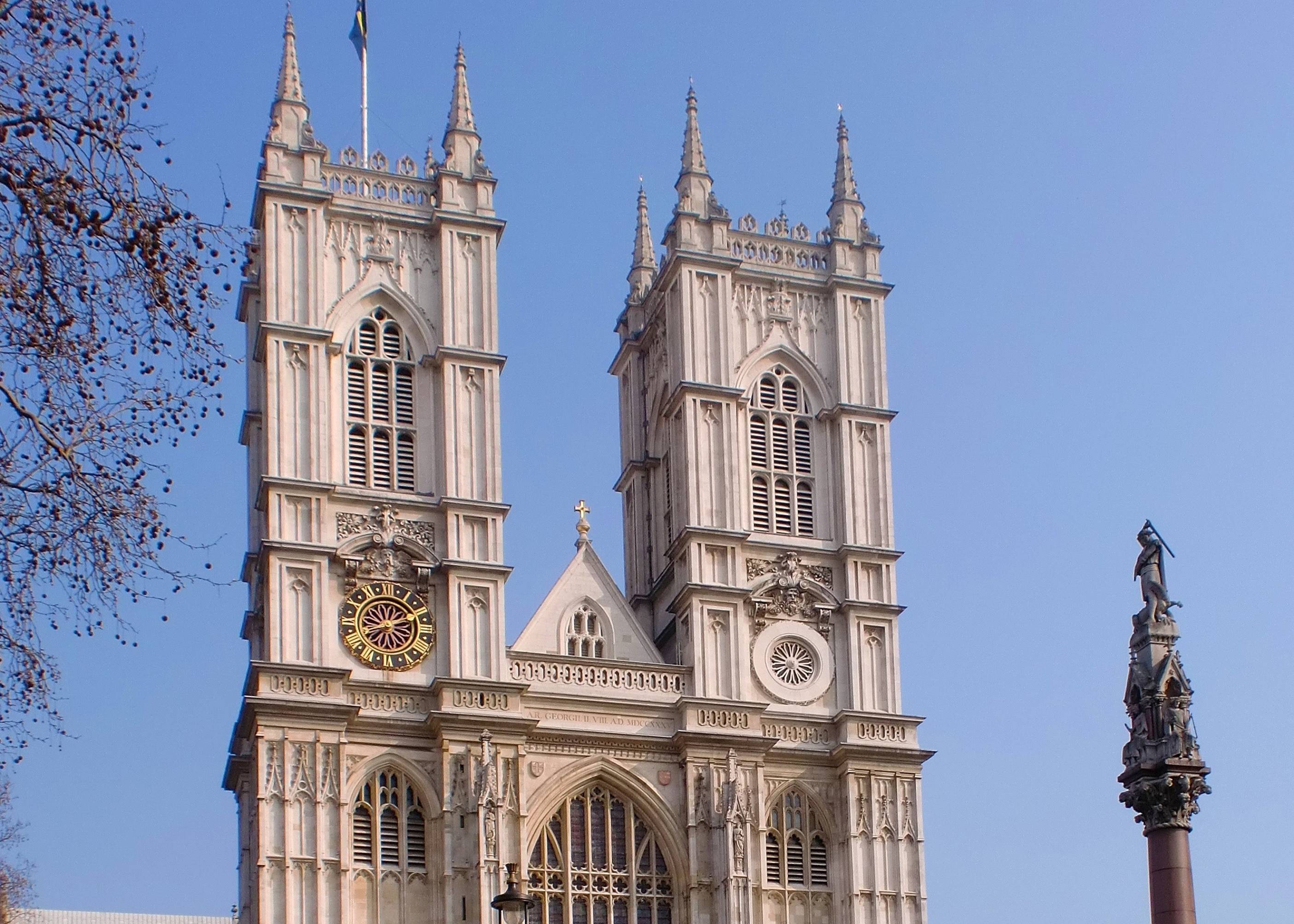 Rabanus Flavus, CC BY-SA 4.0, Wikimedia Commons
Rabanus Flavus, CC BY-SA 4.0, Wikimedia Commons

